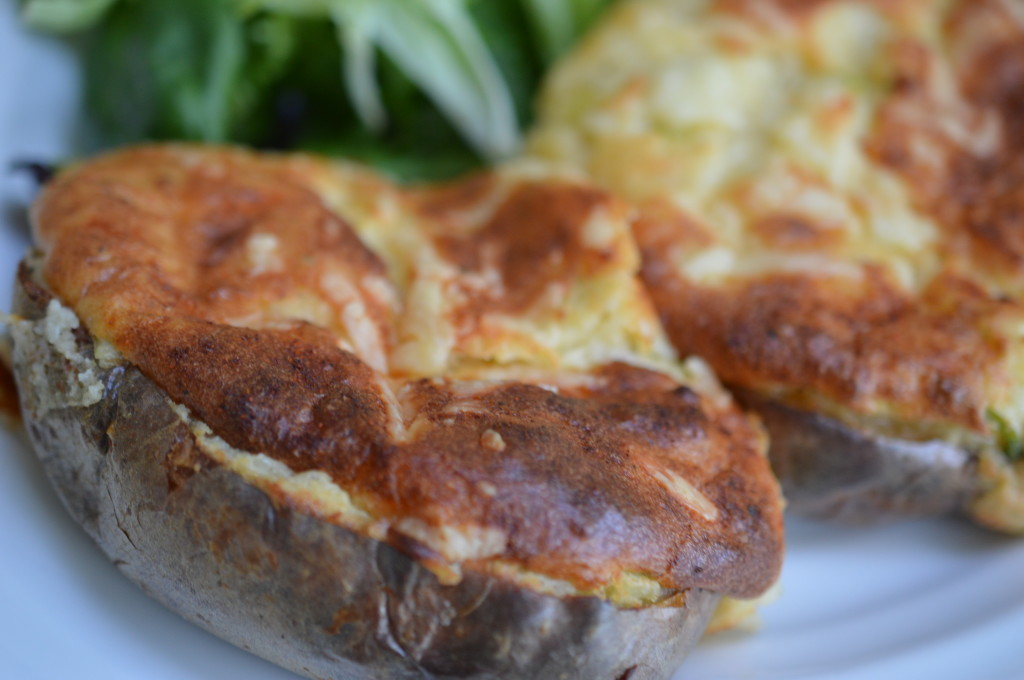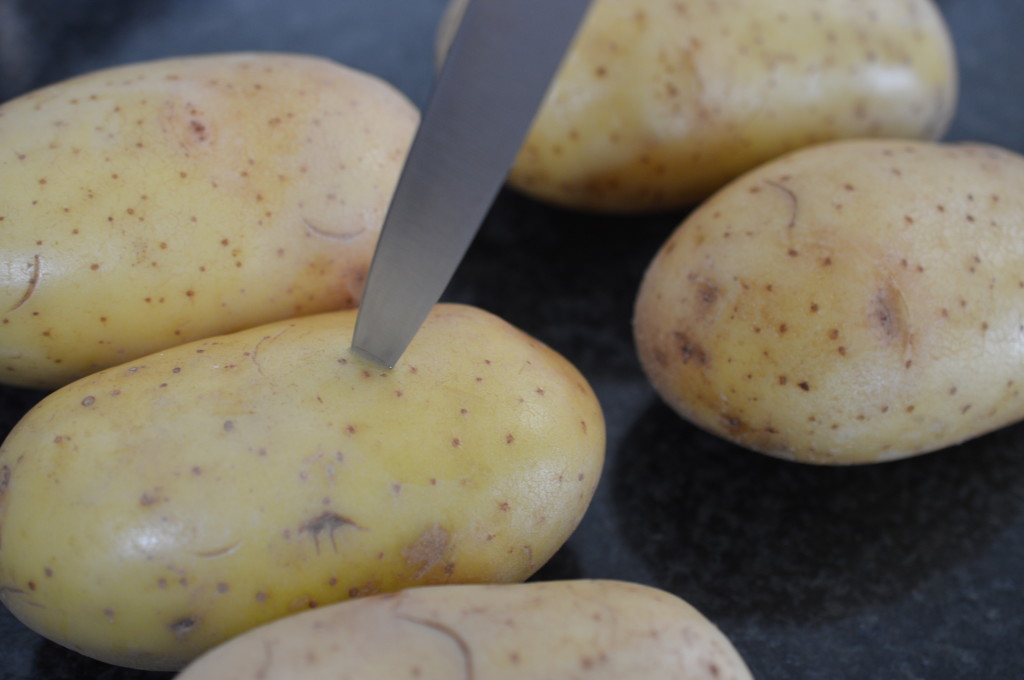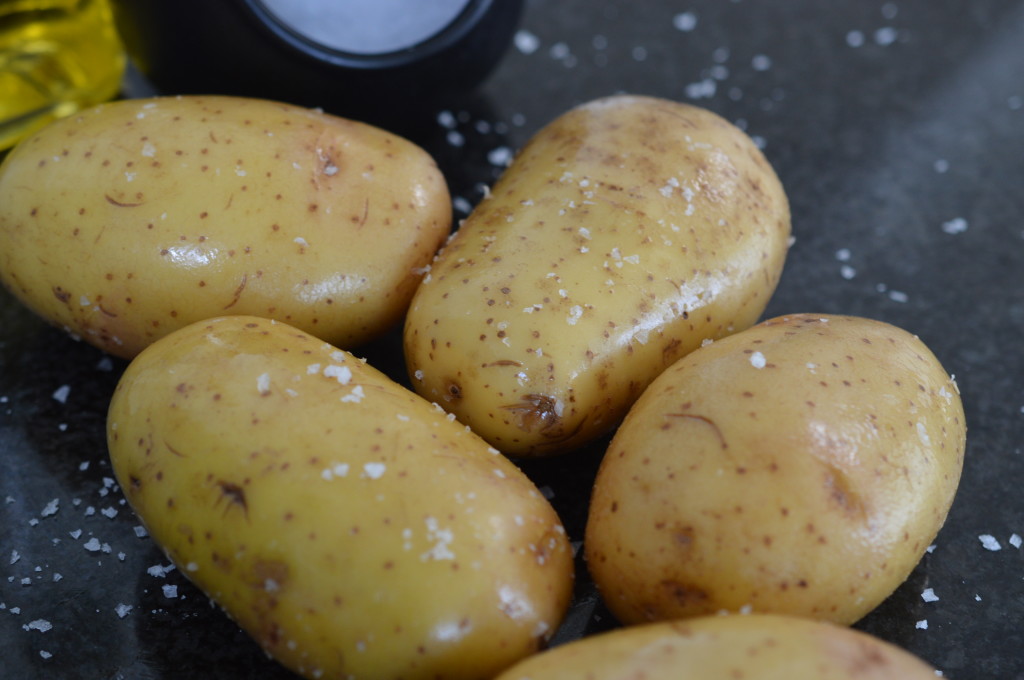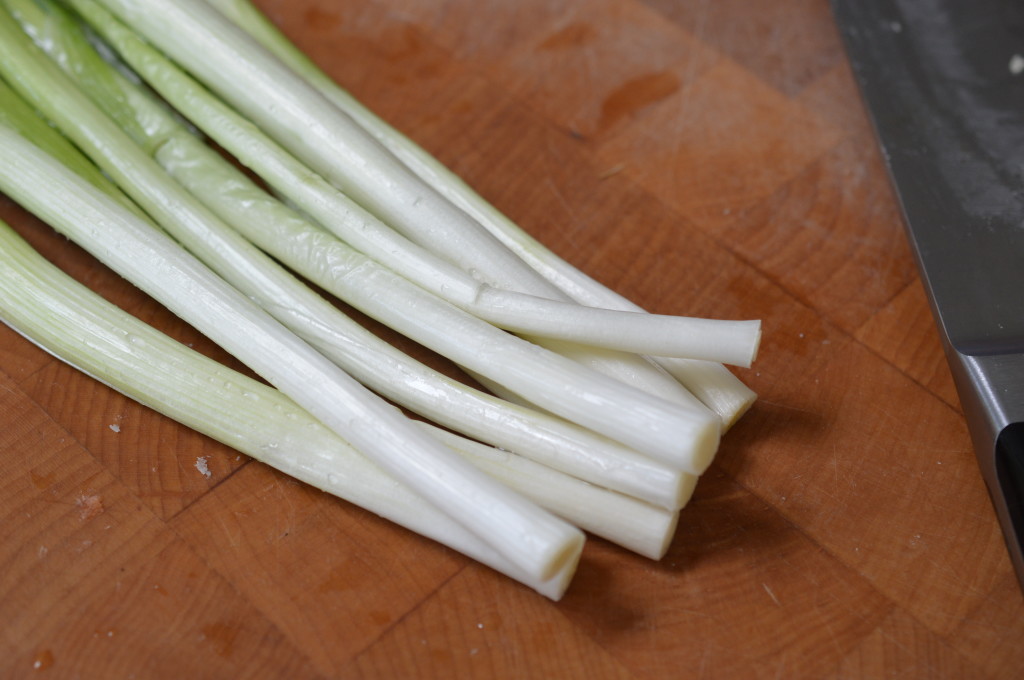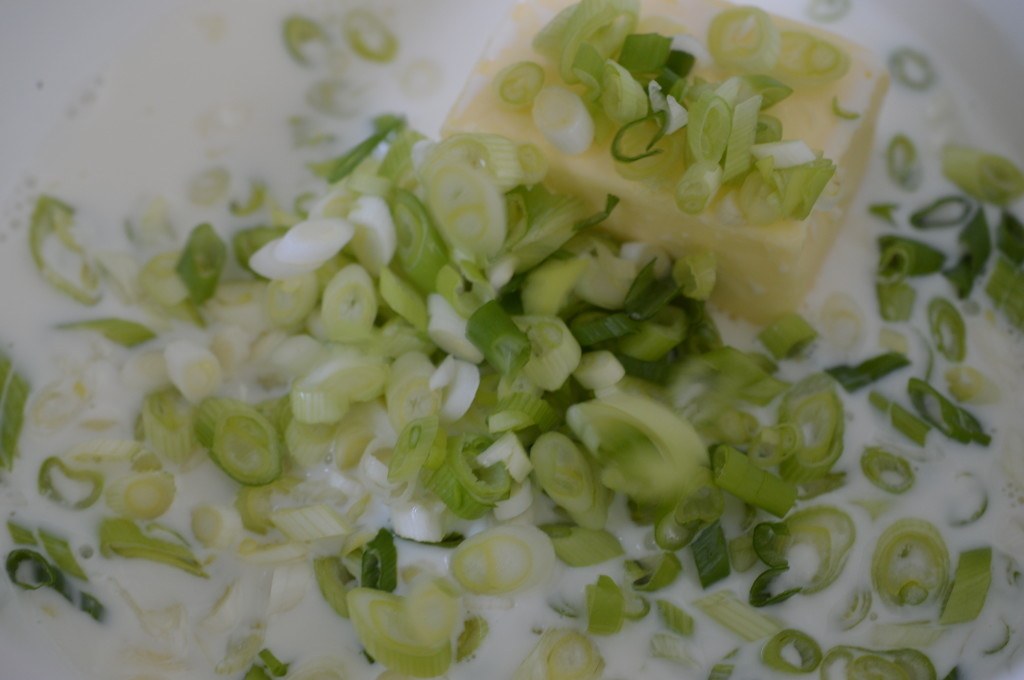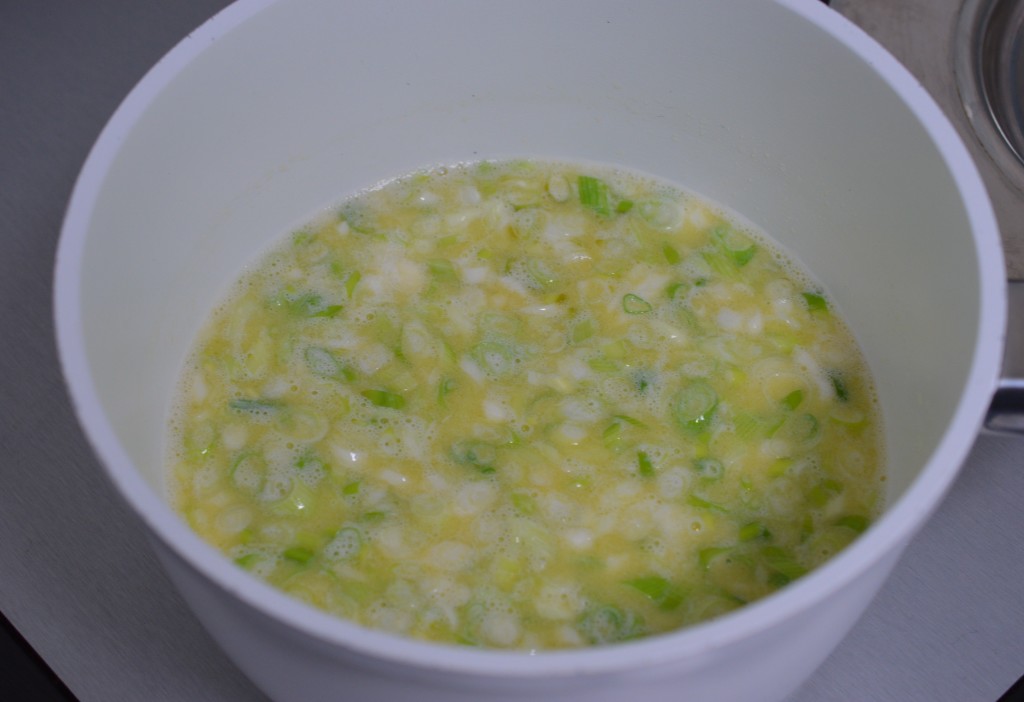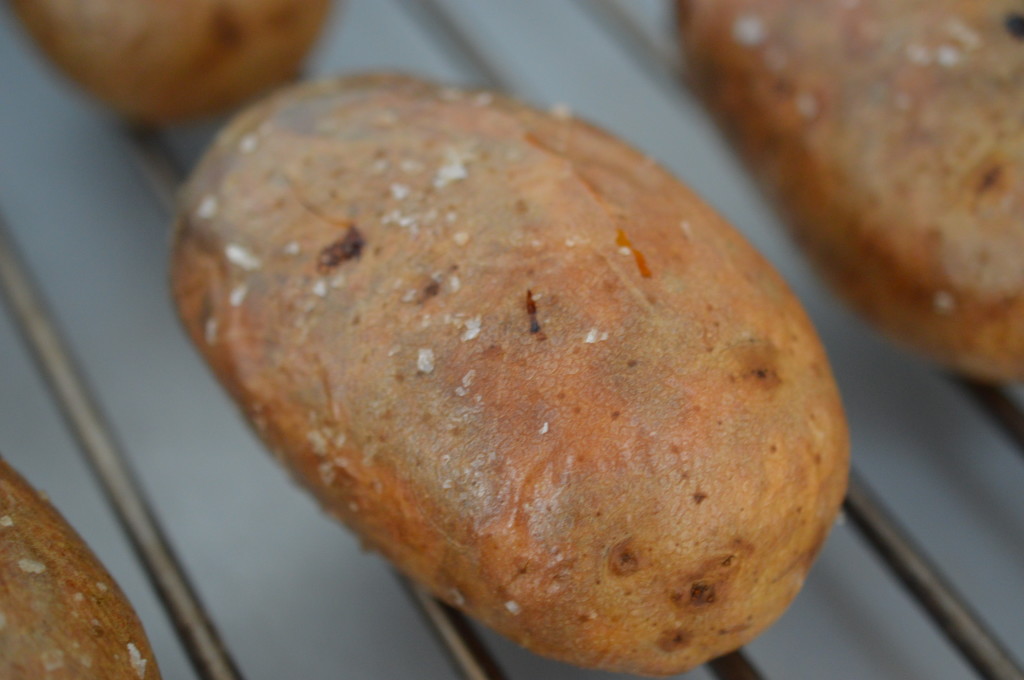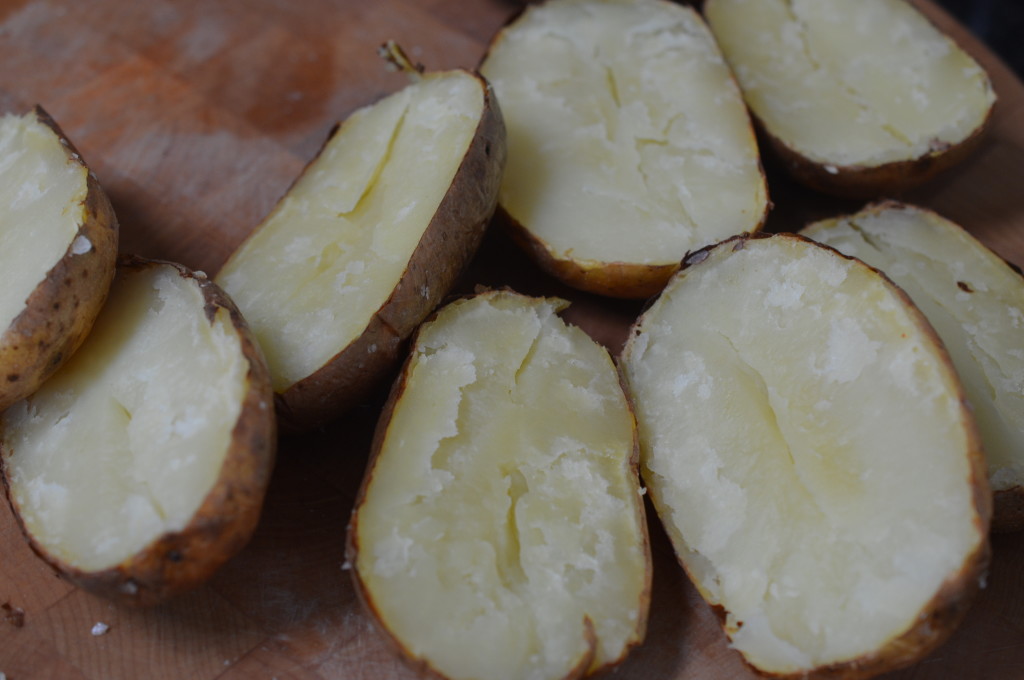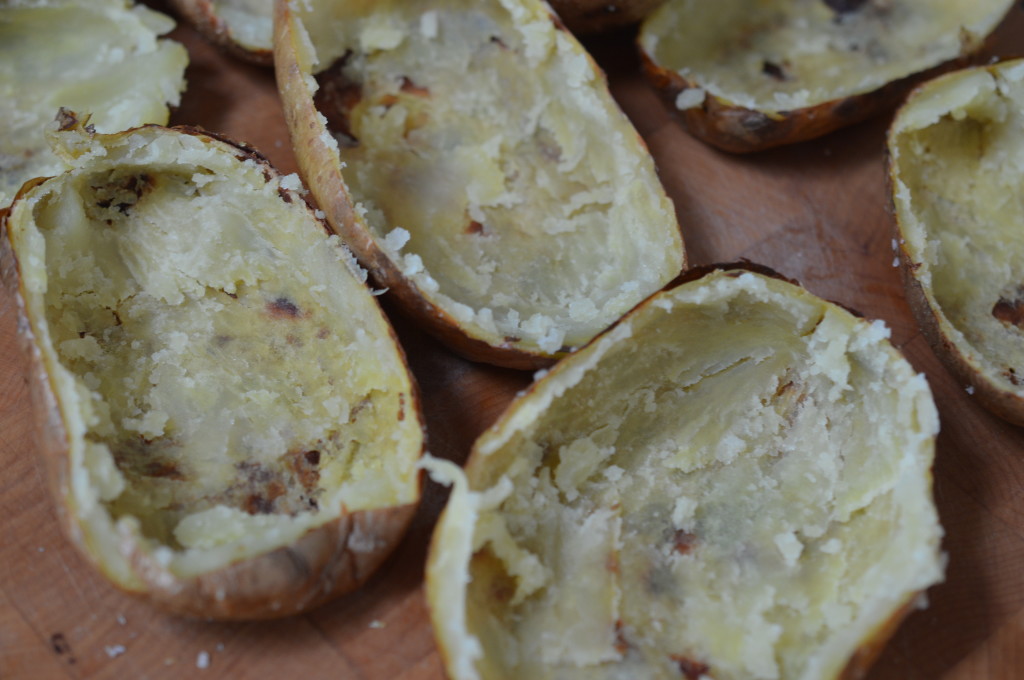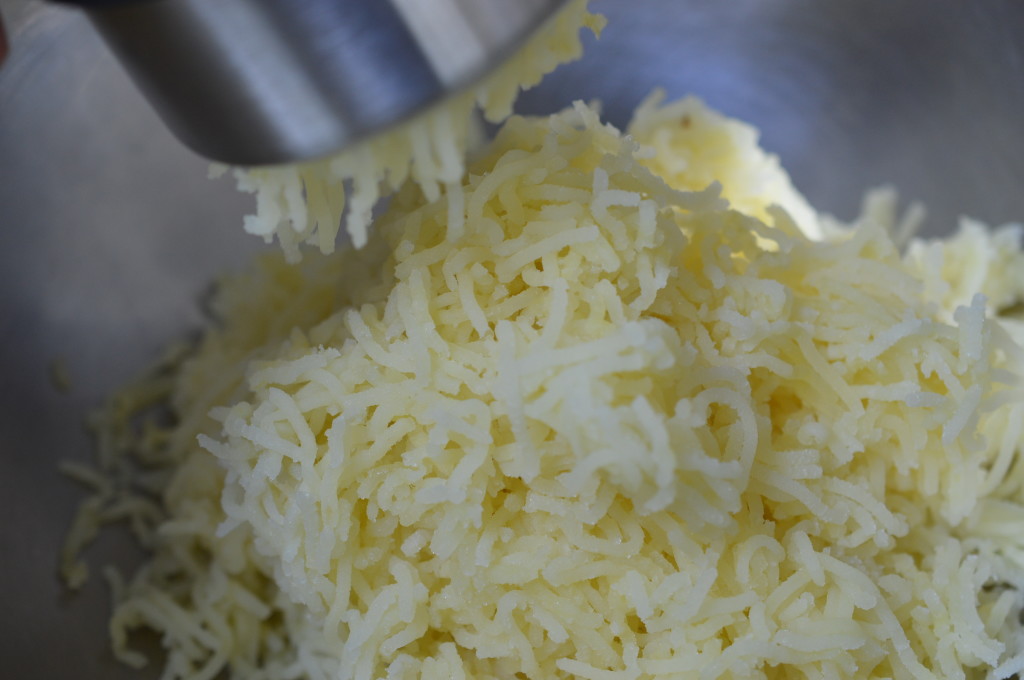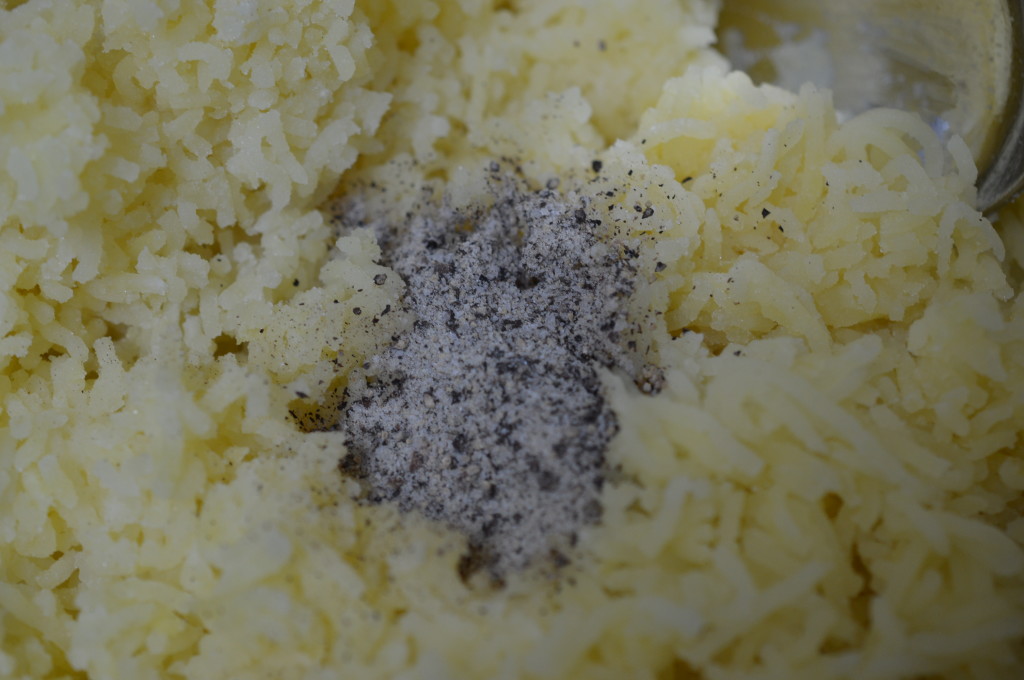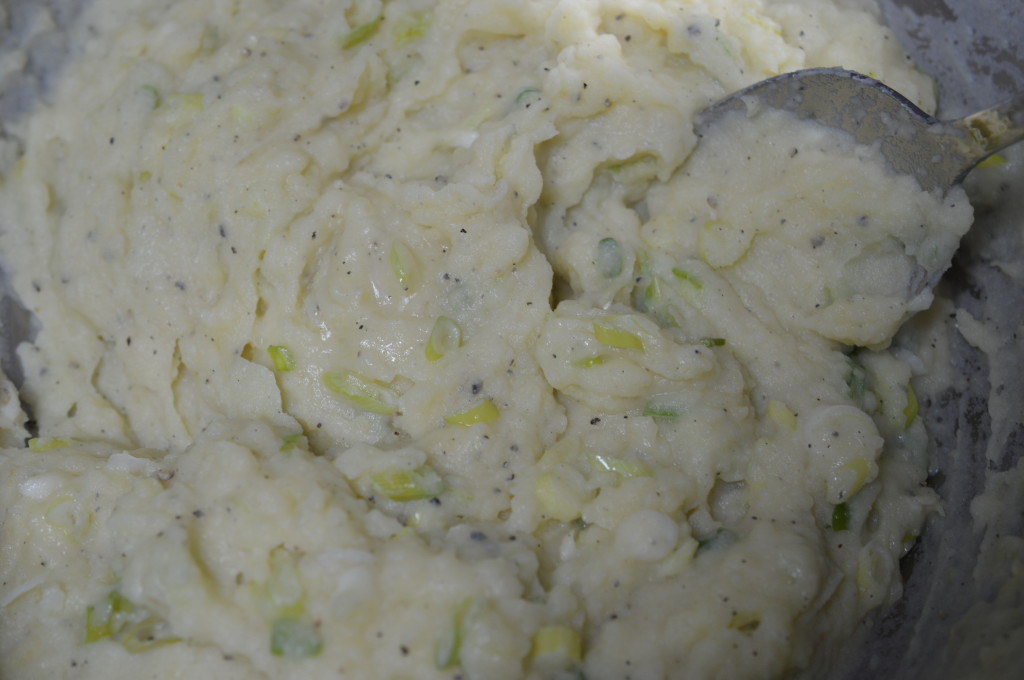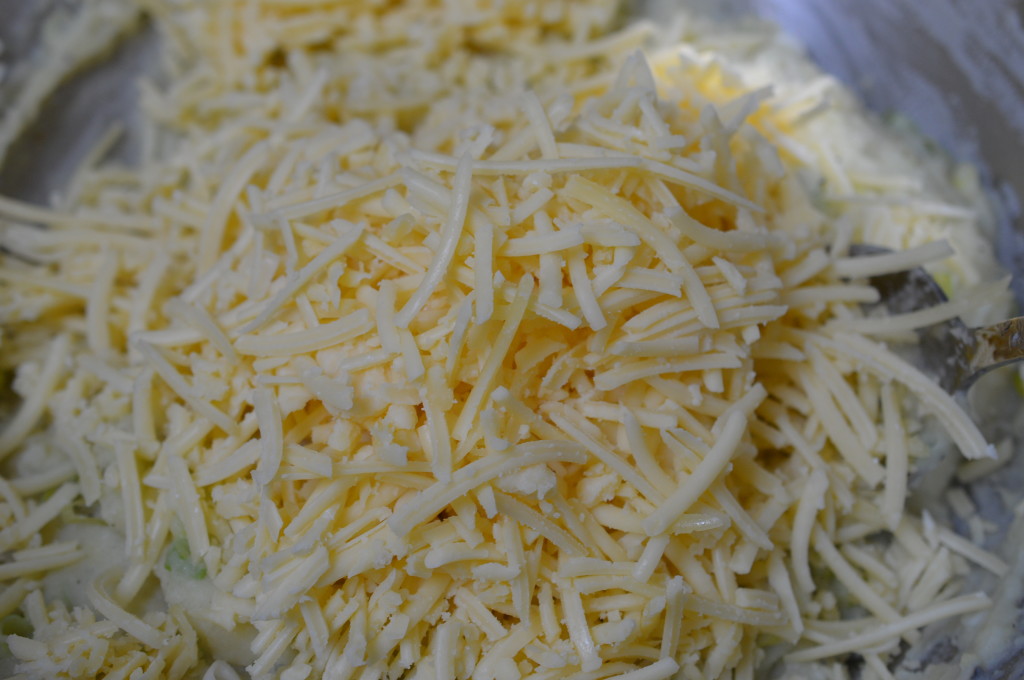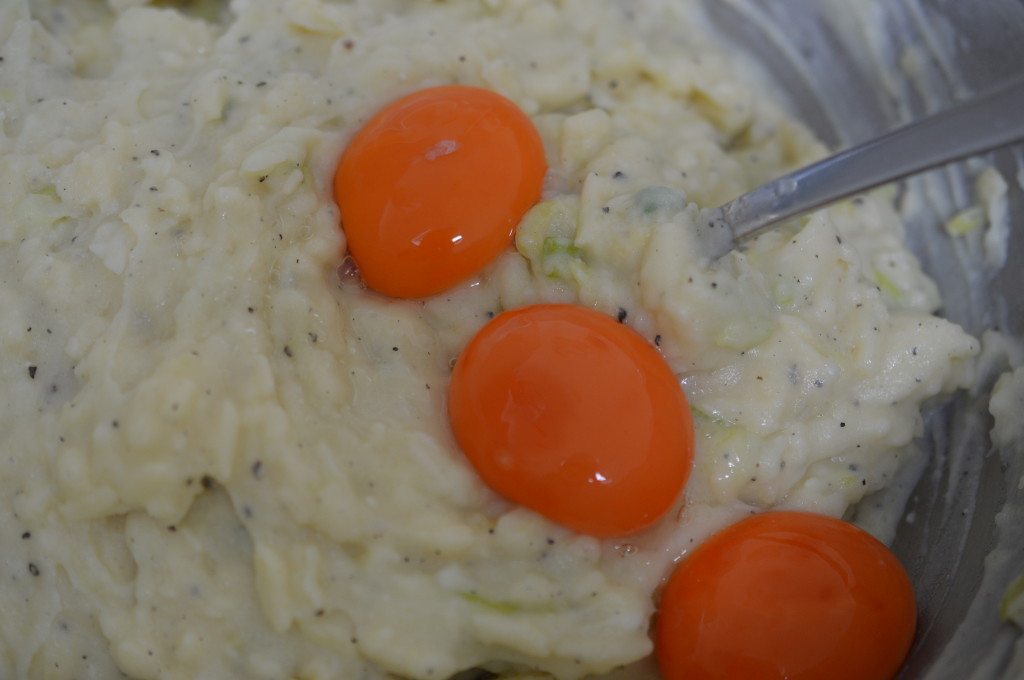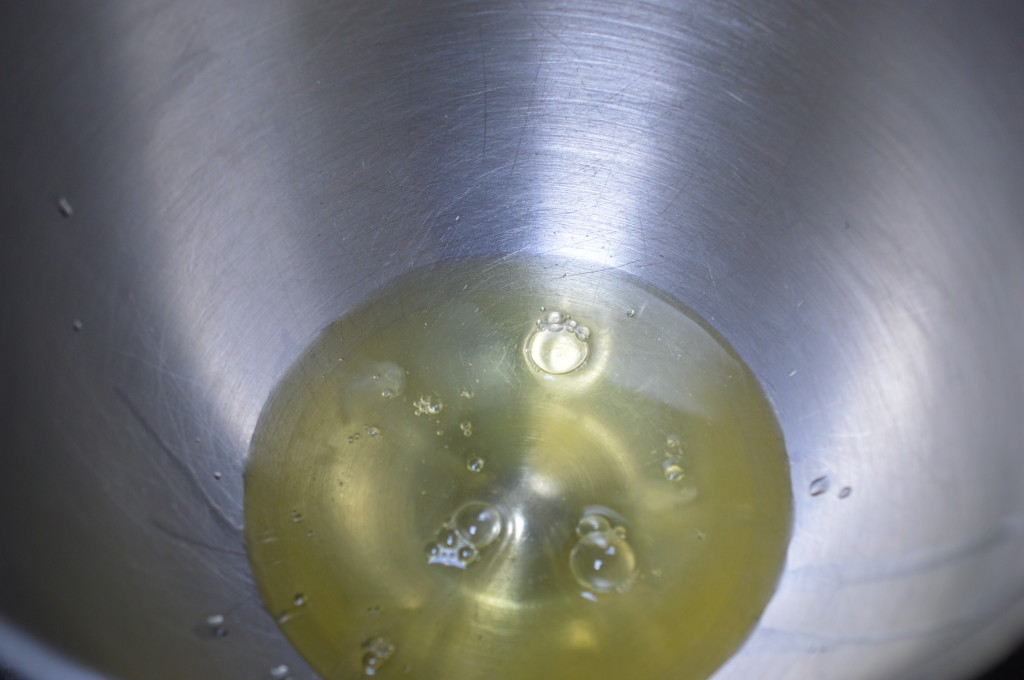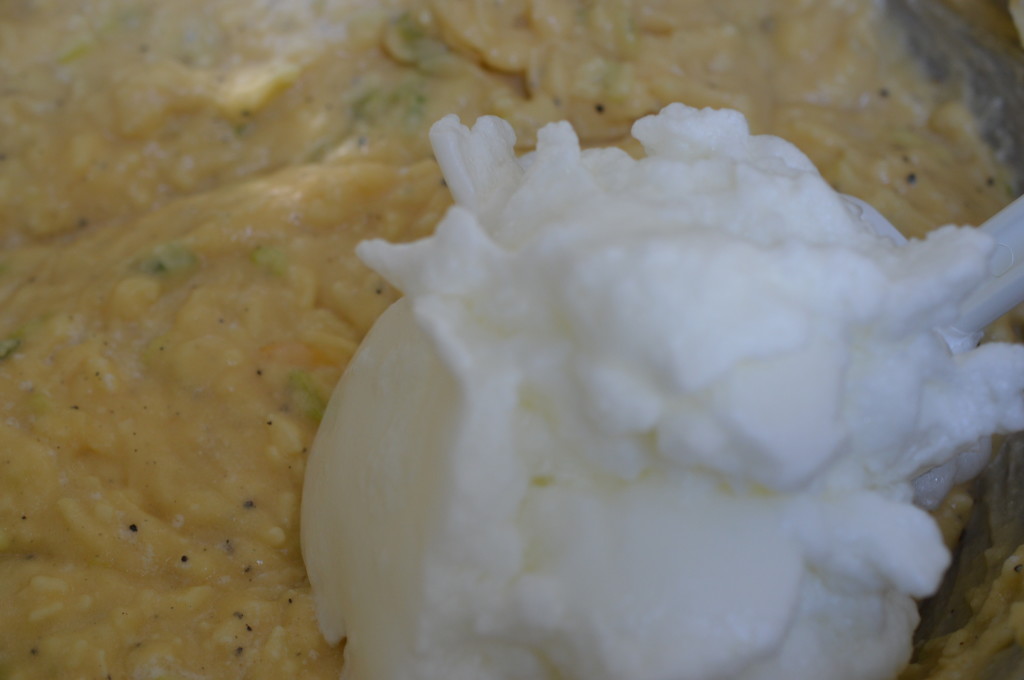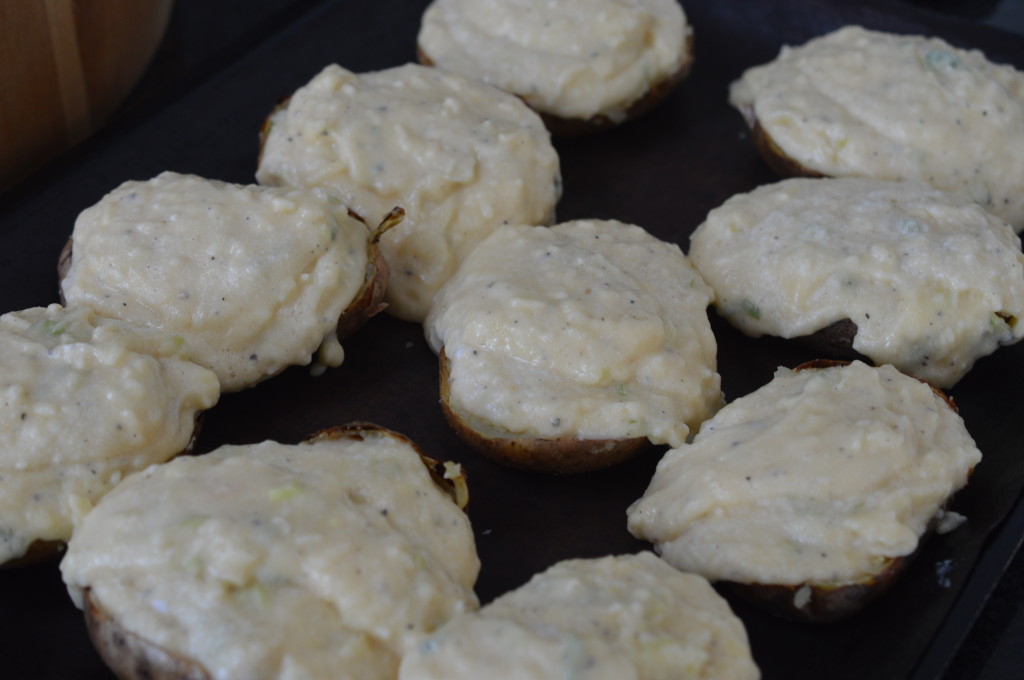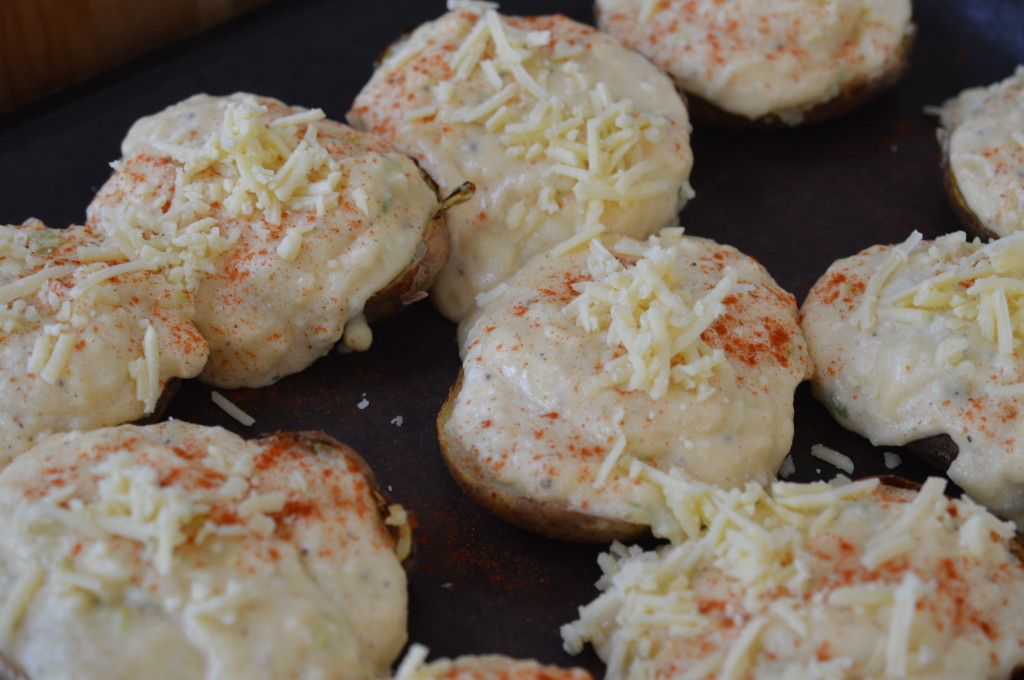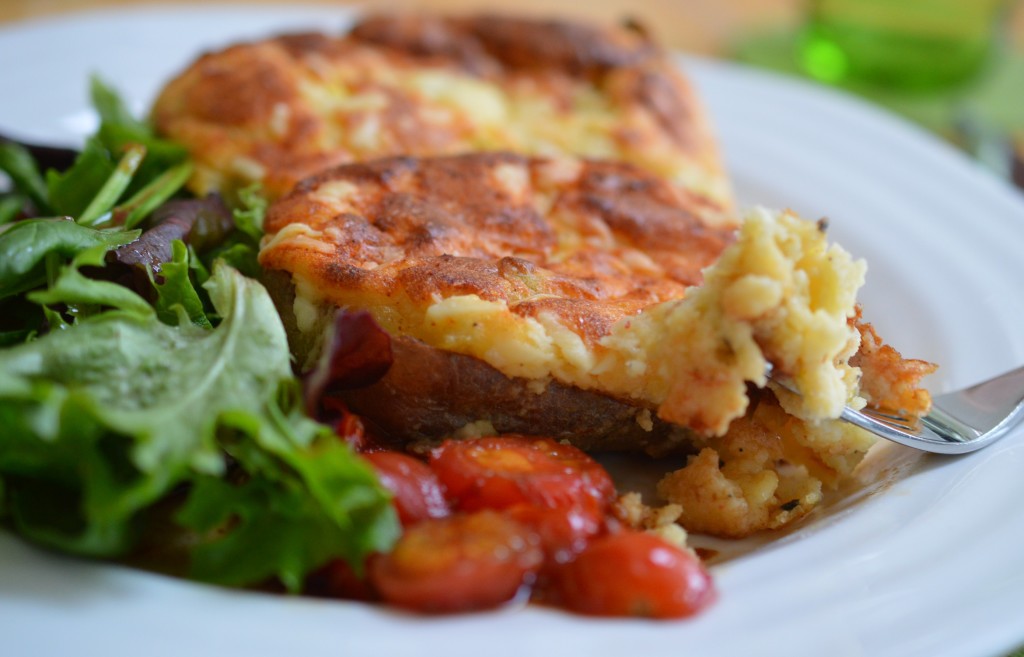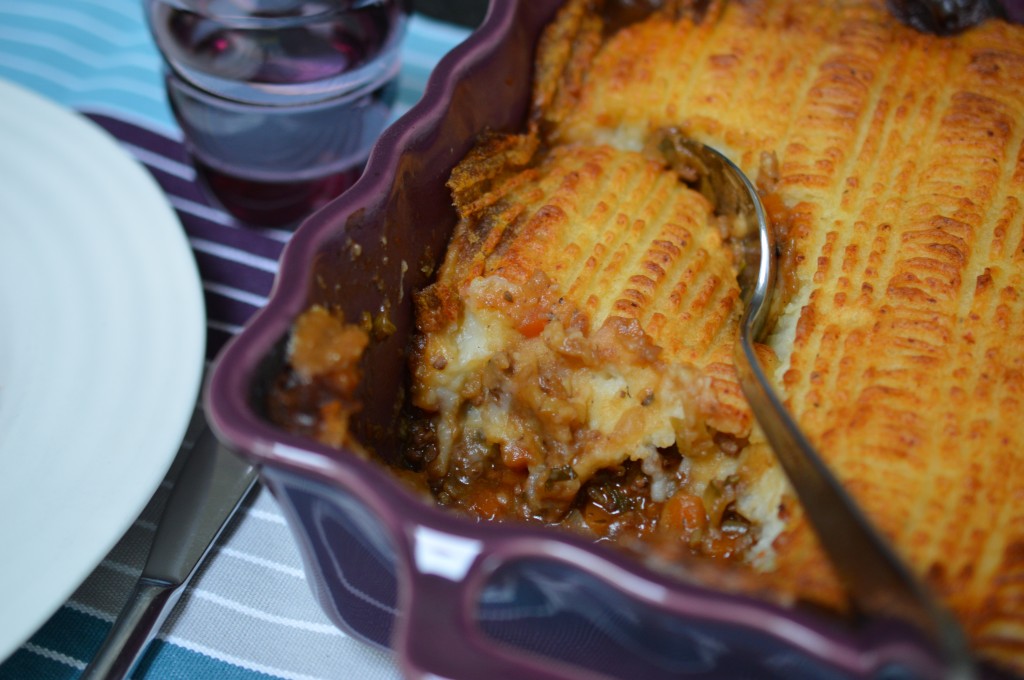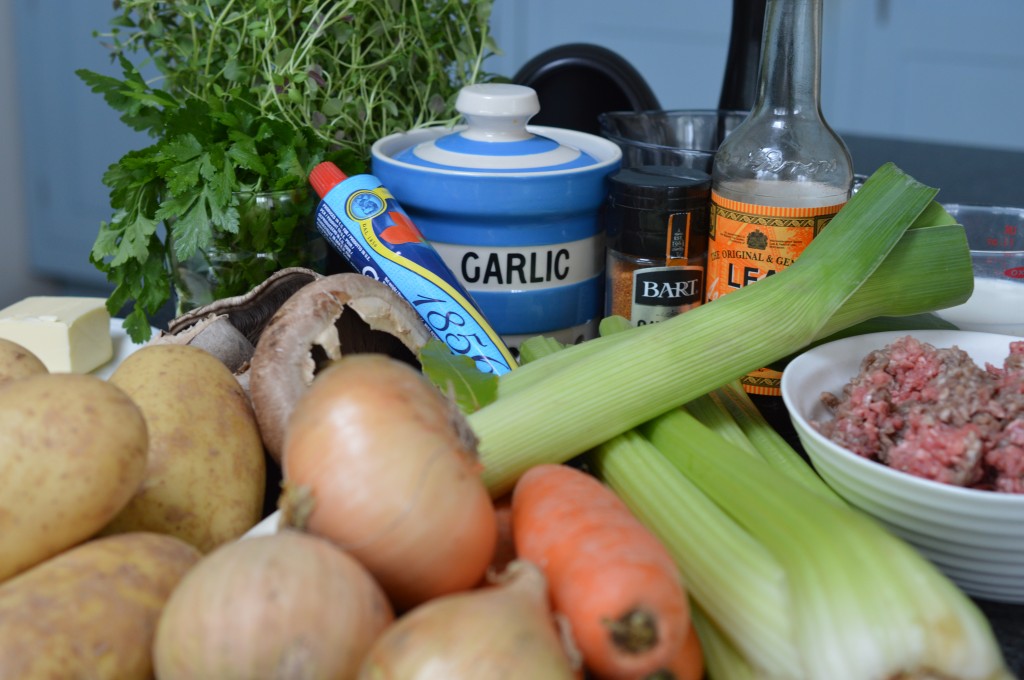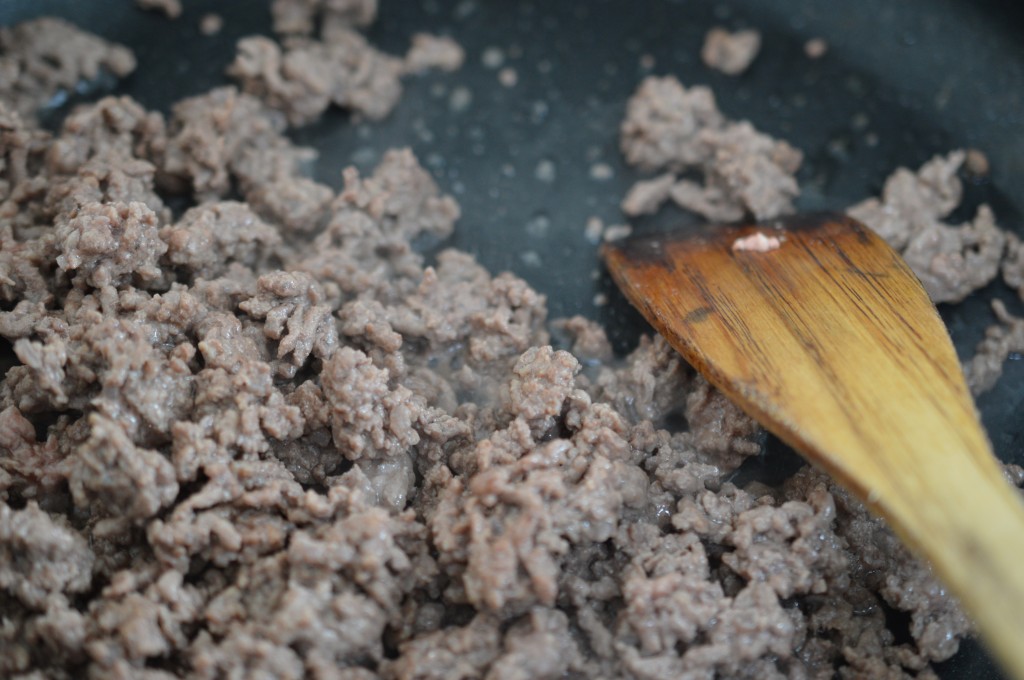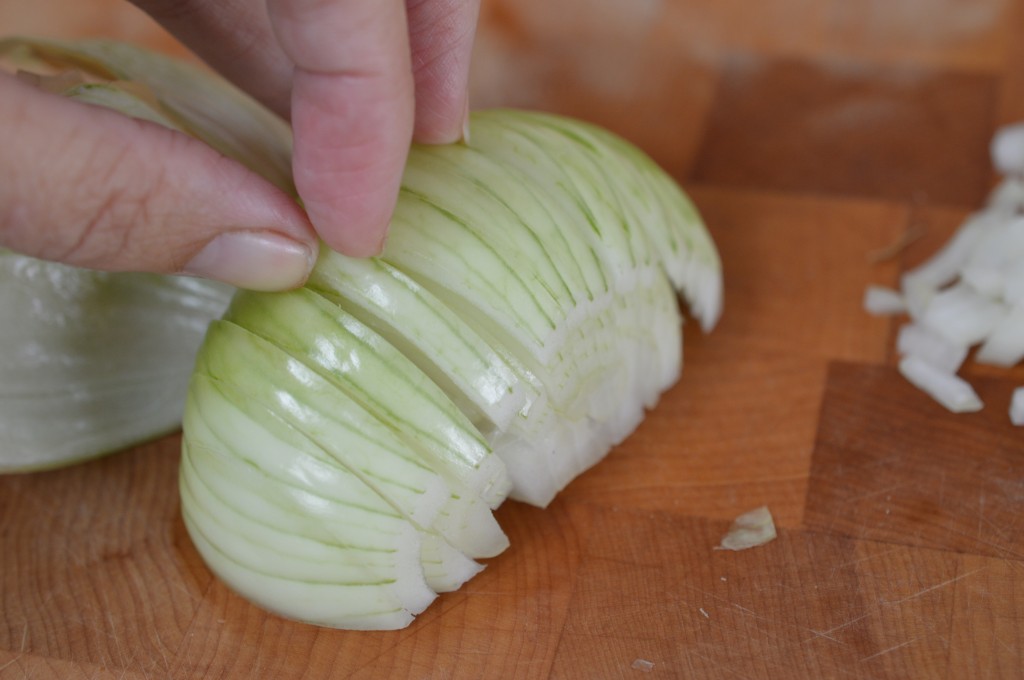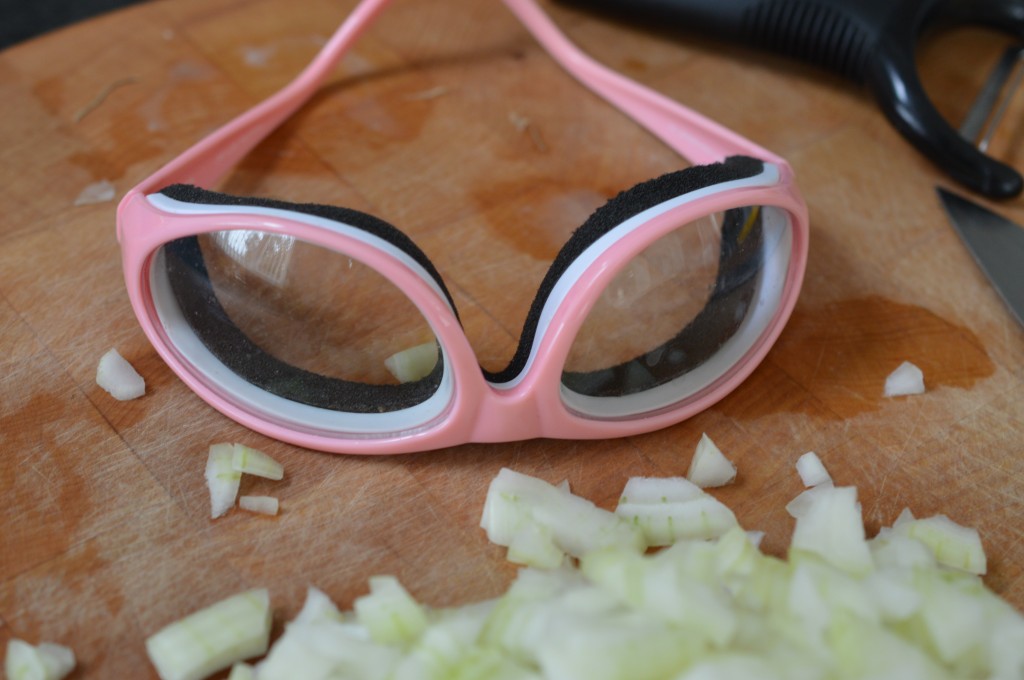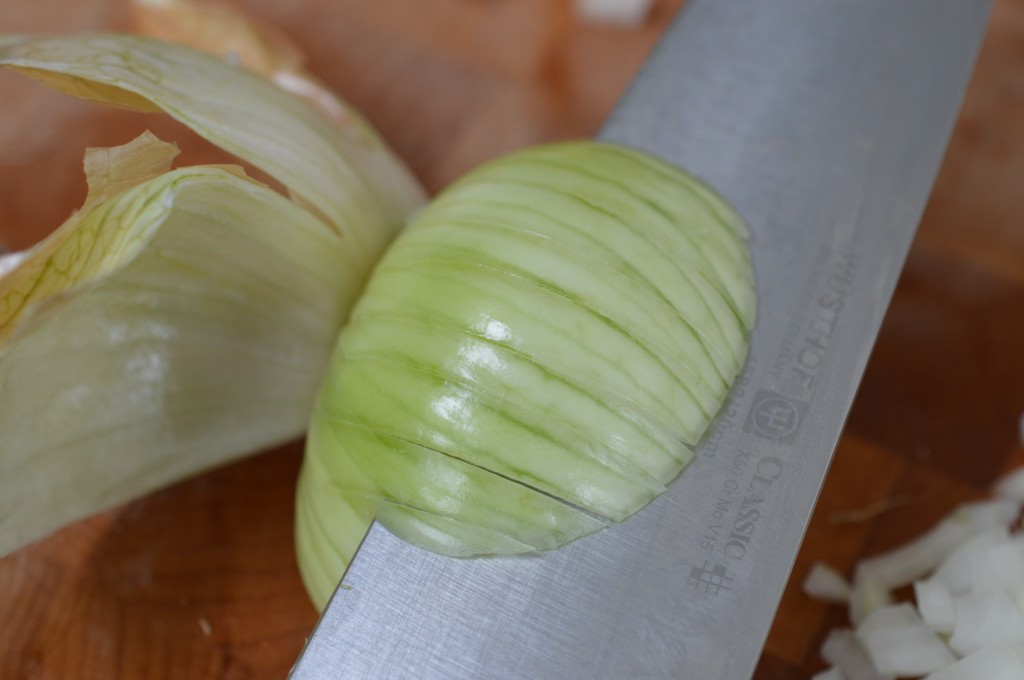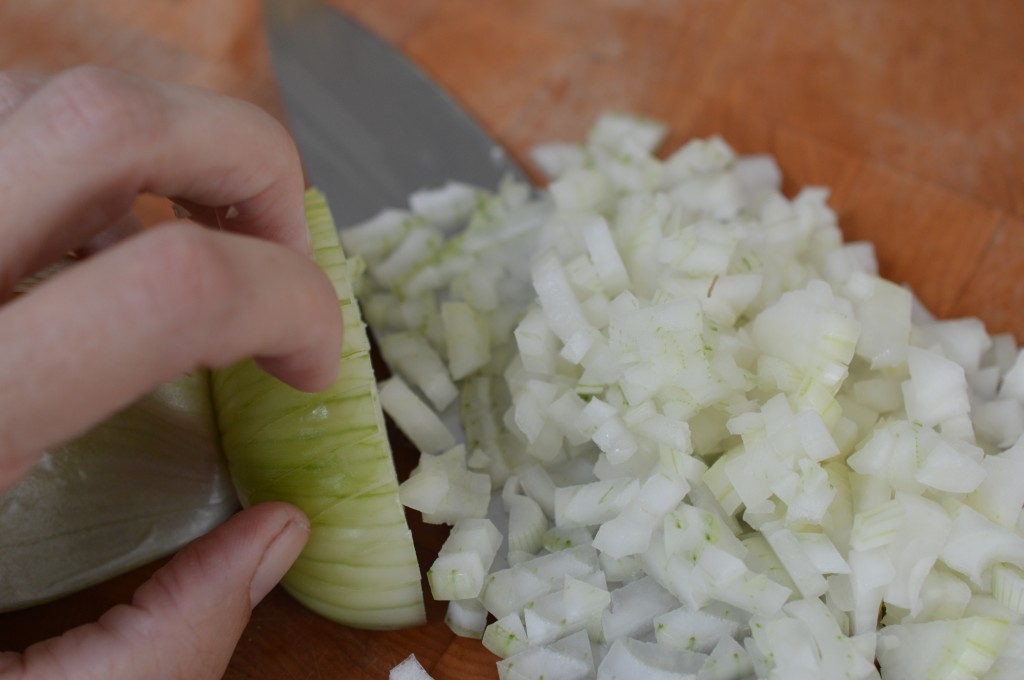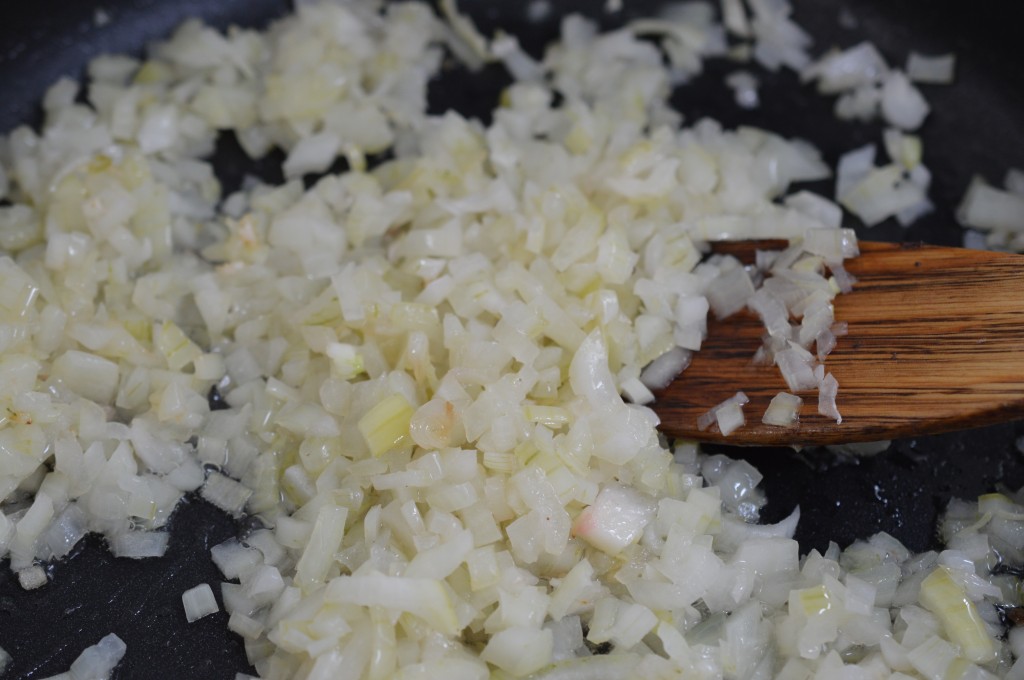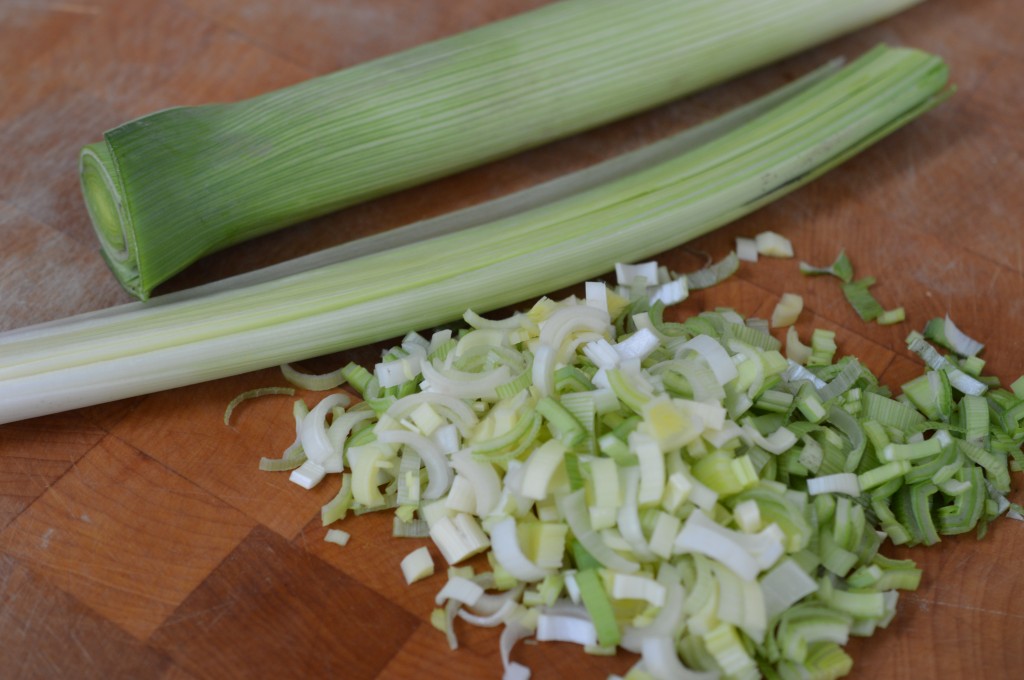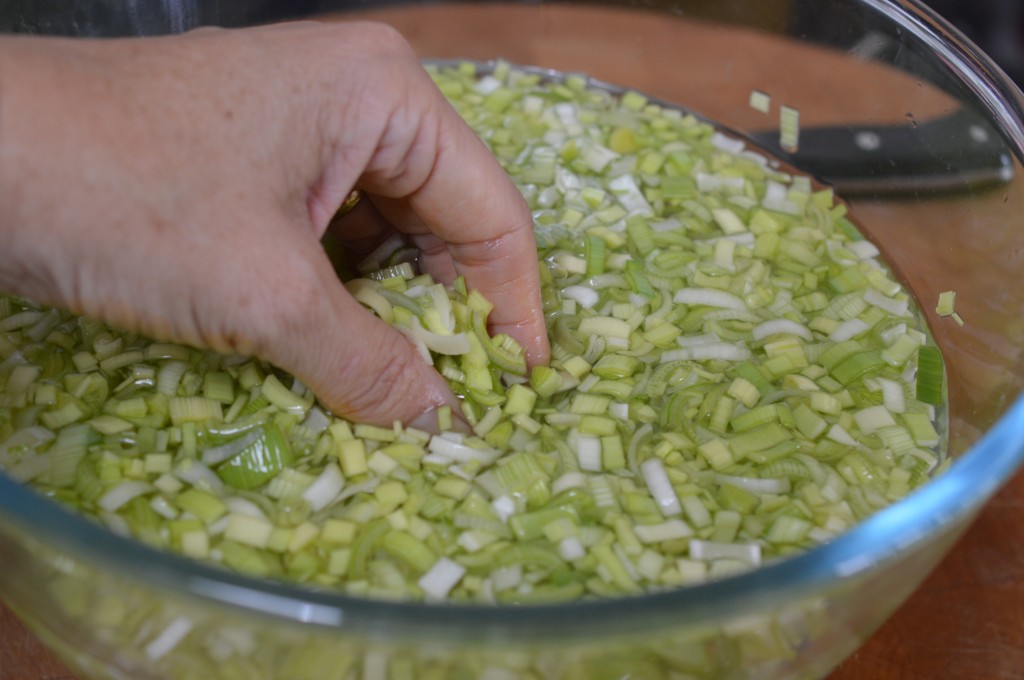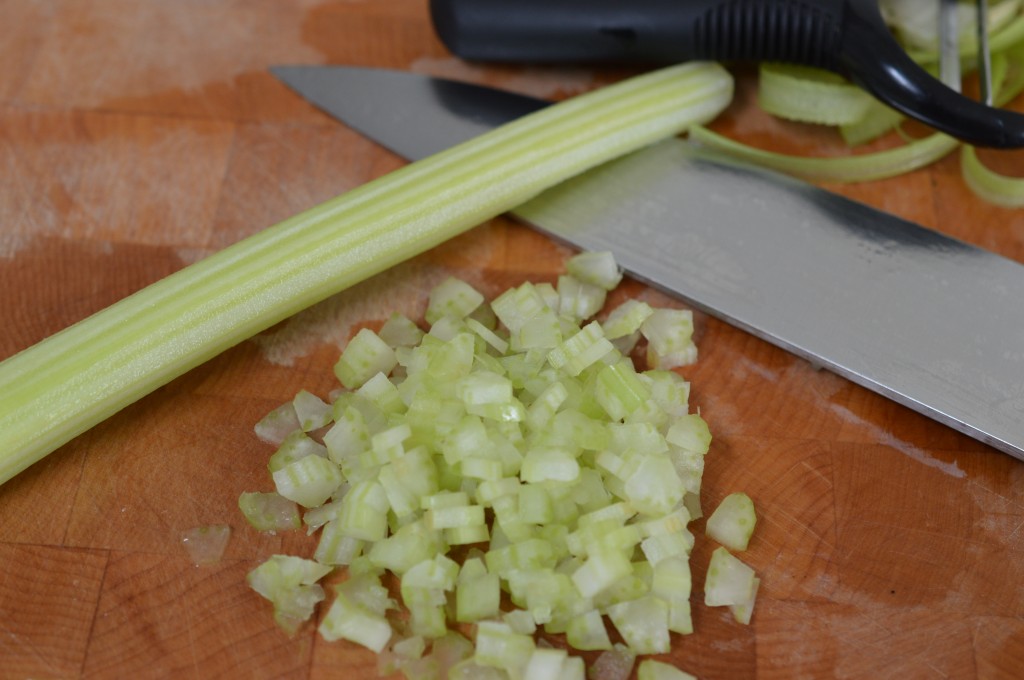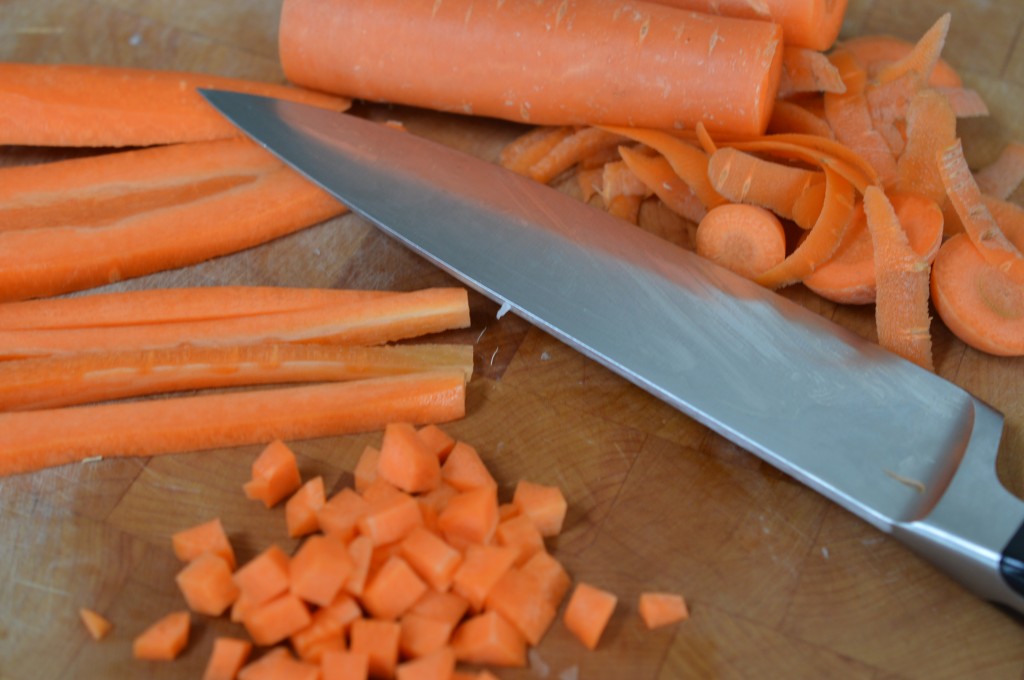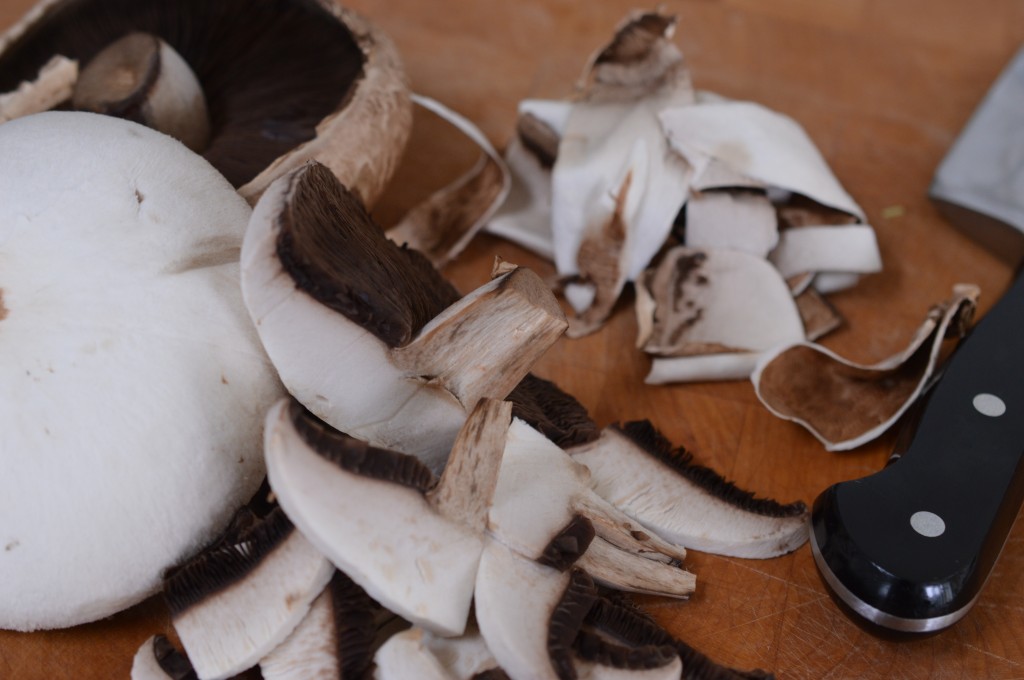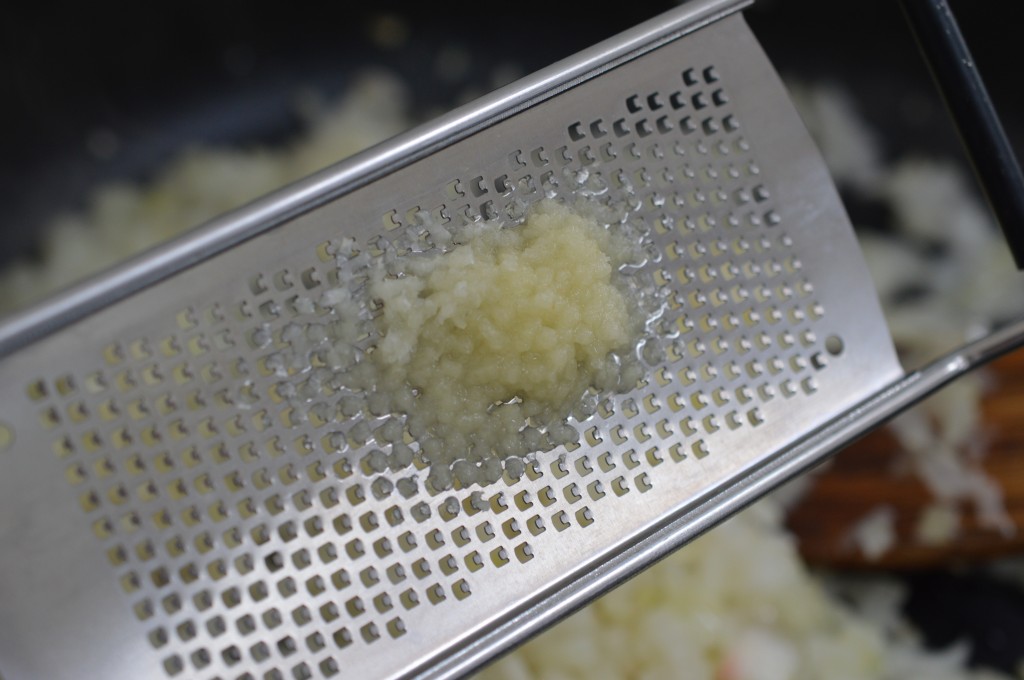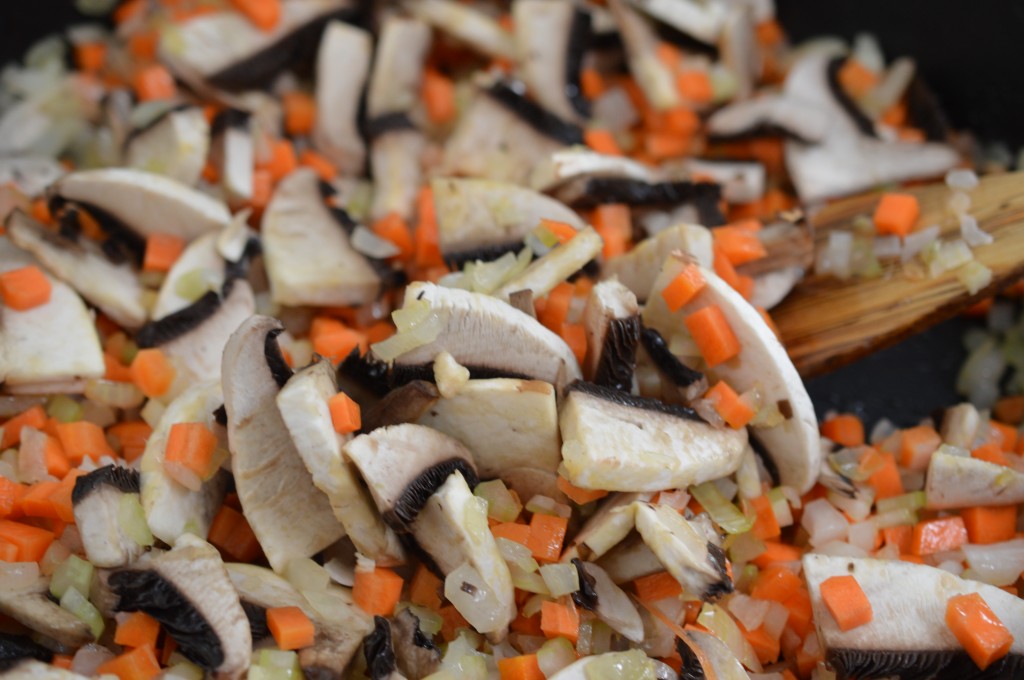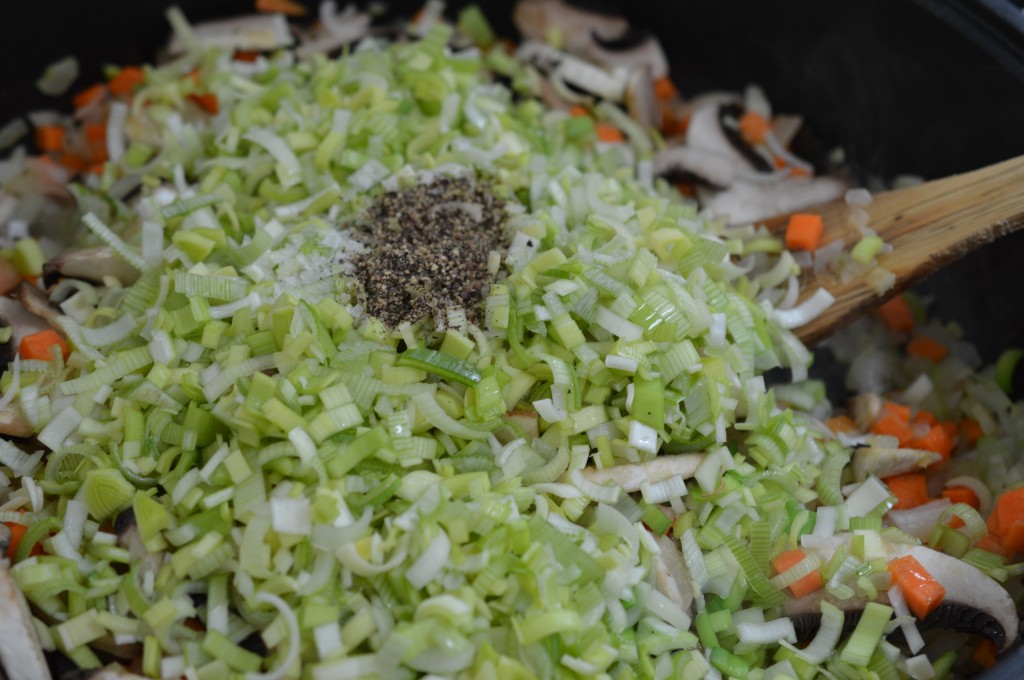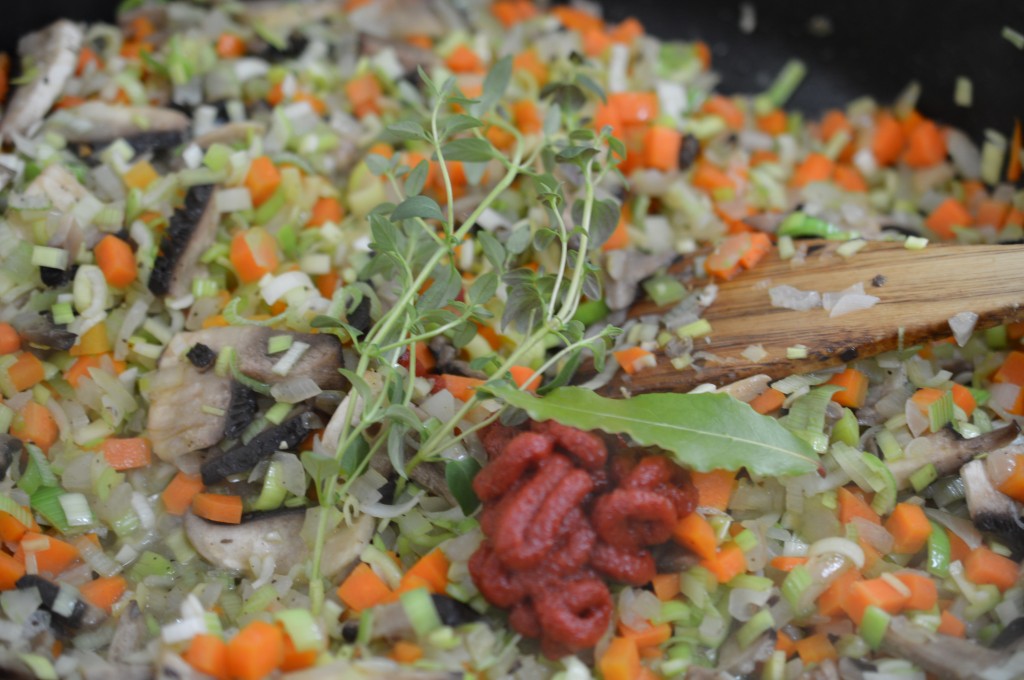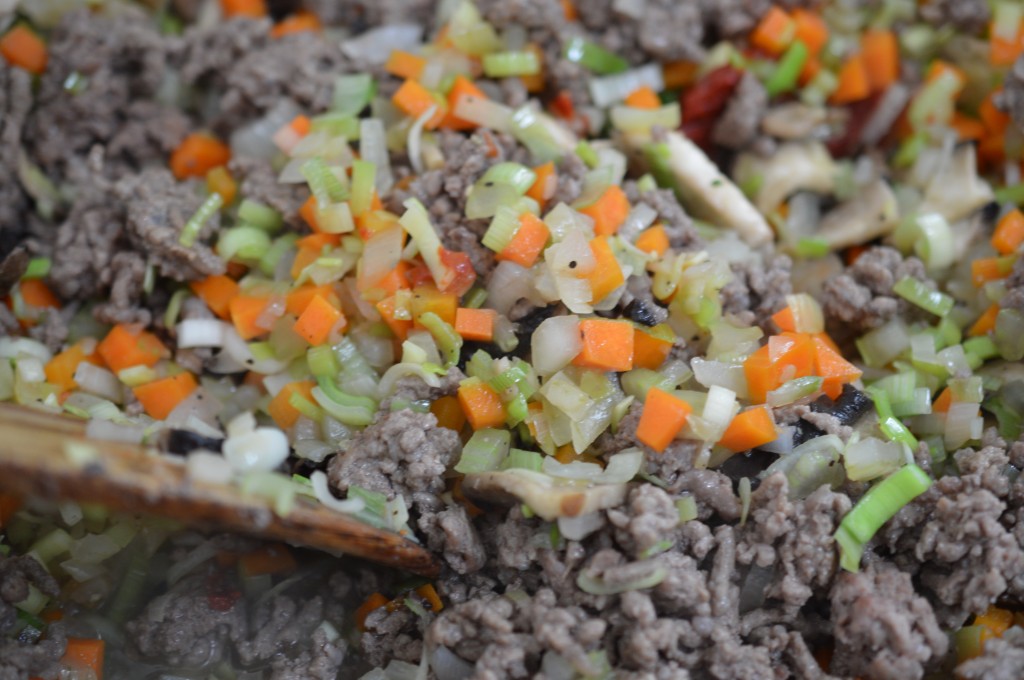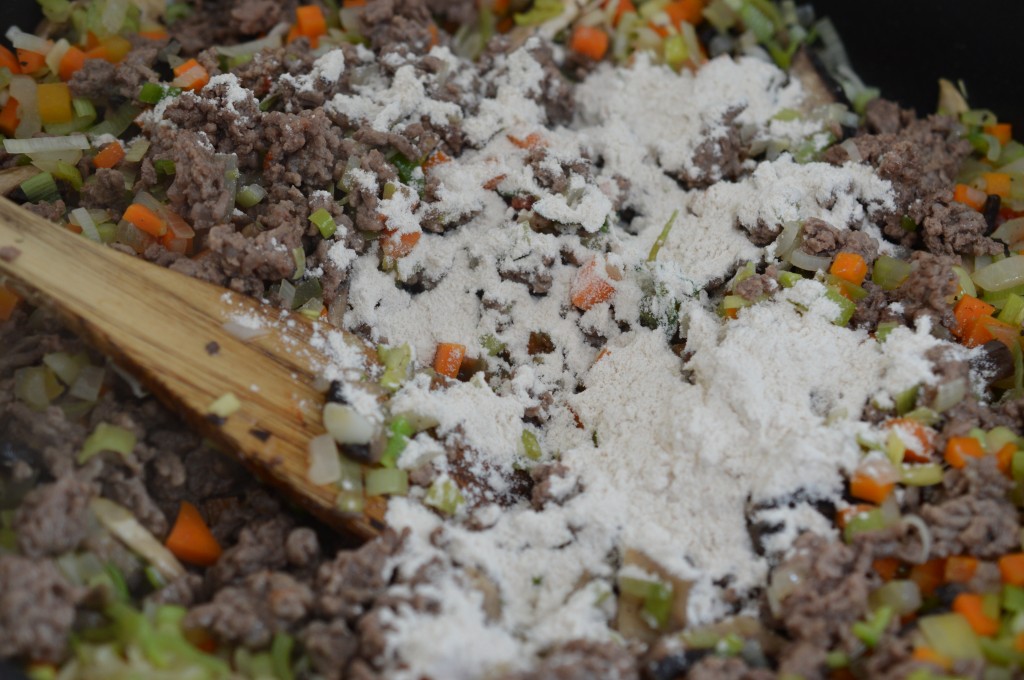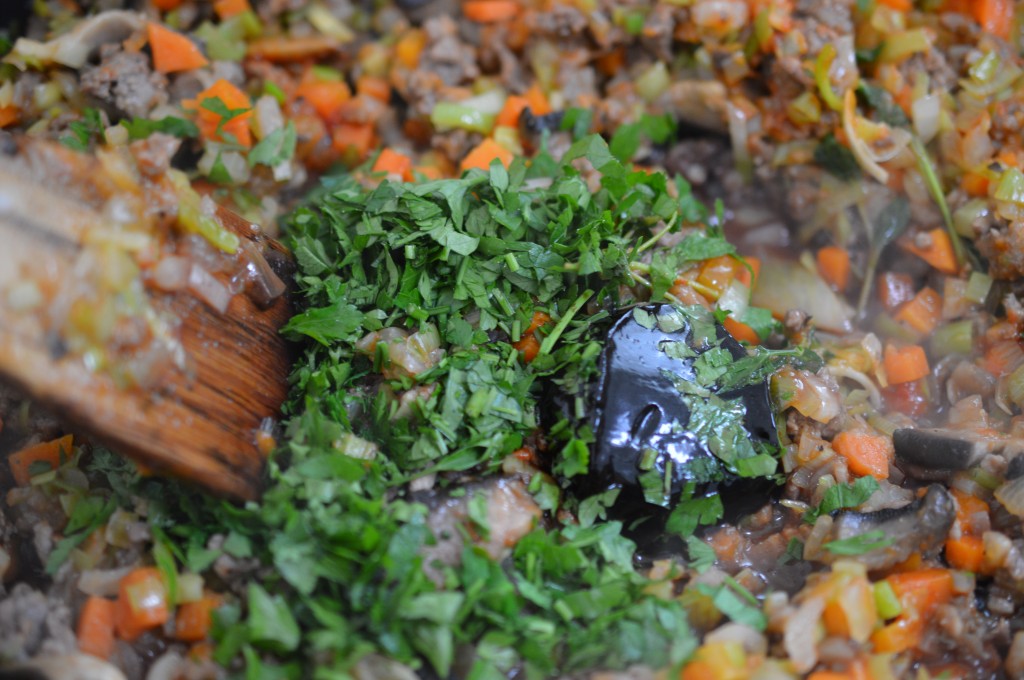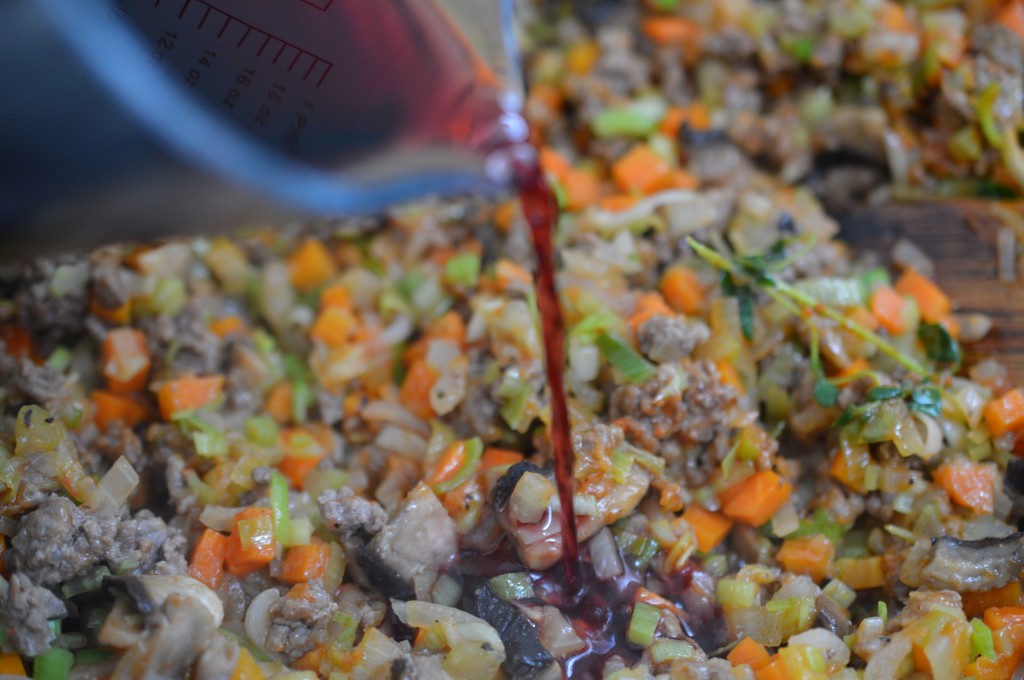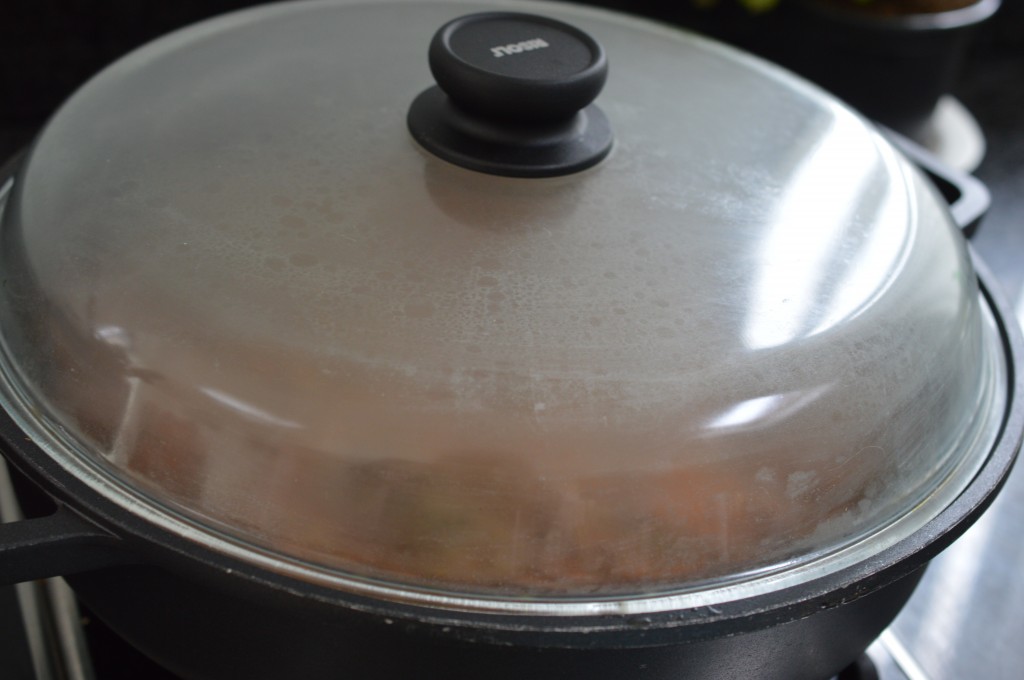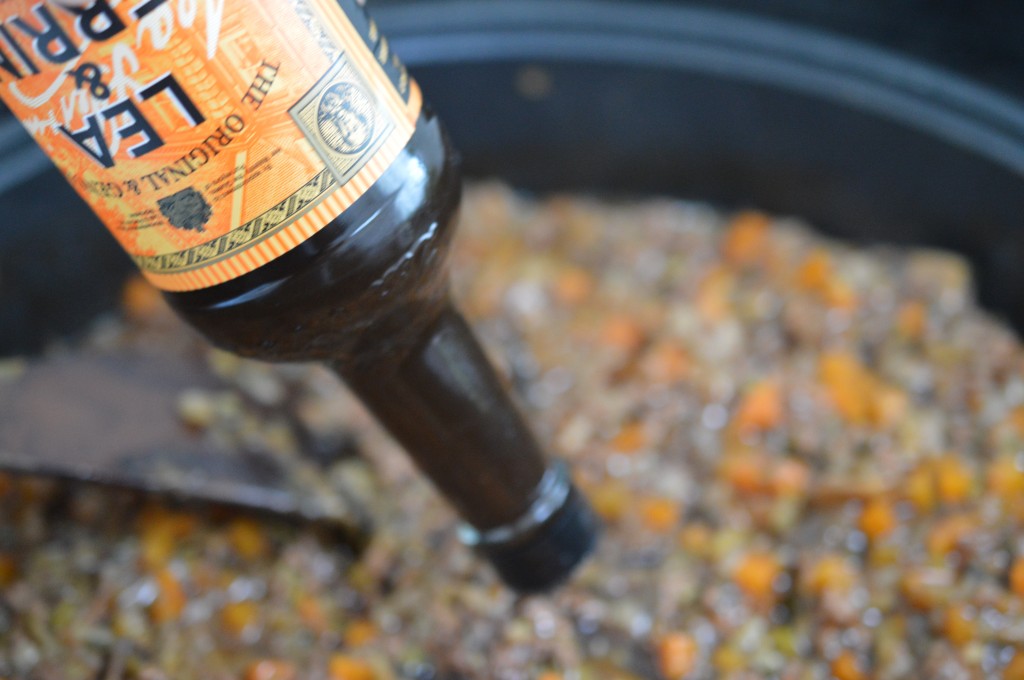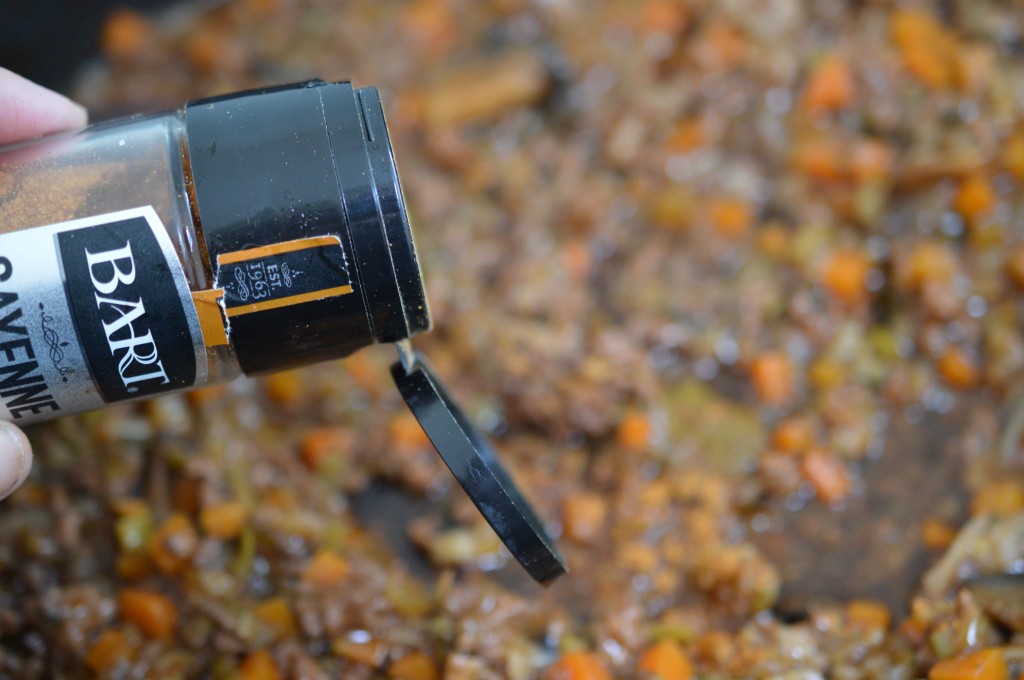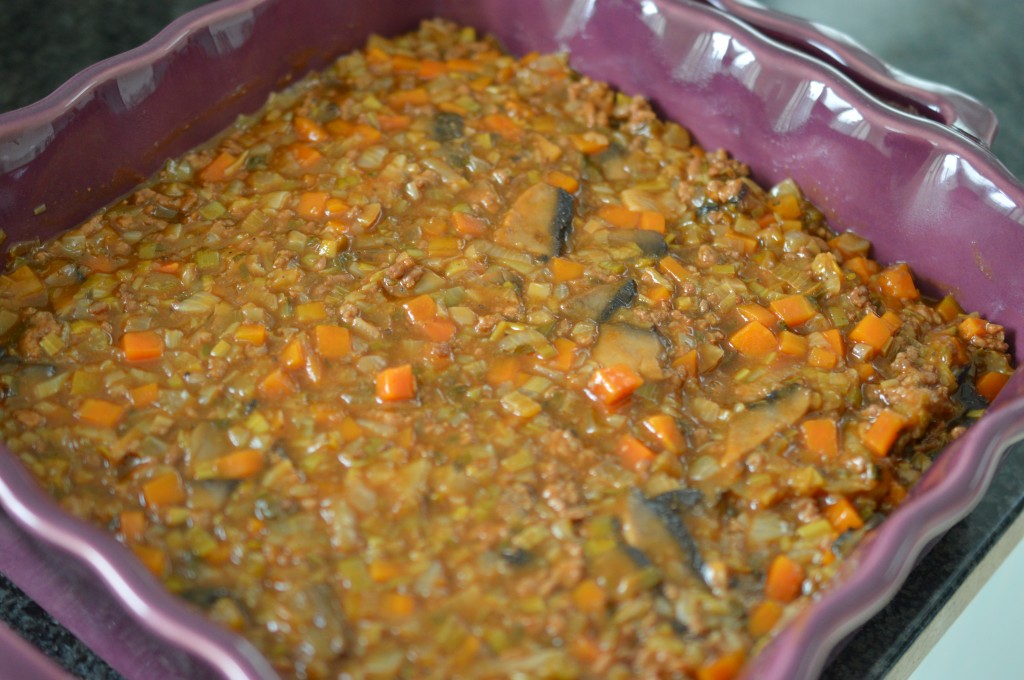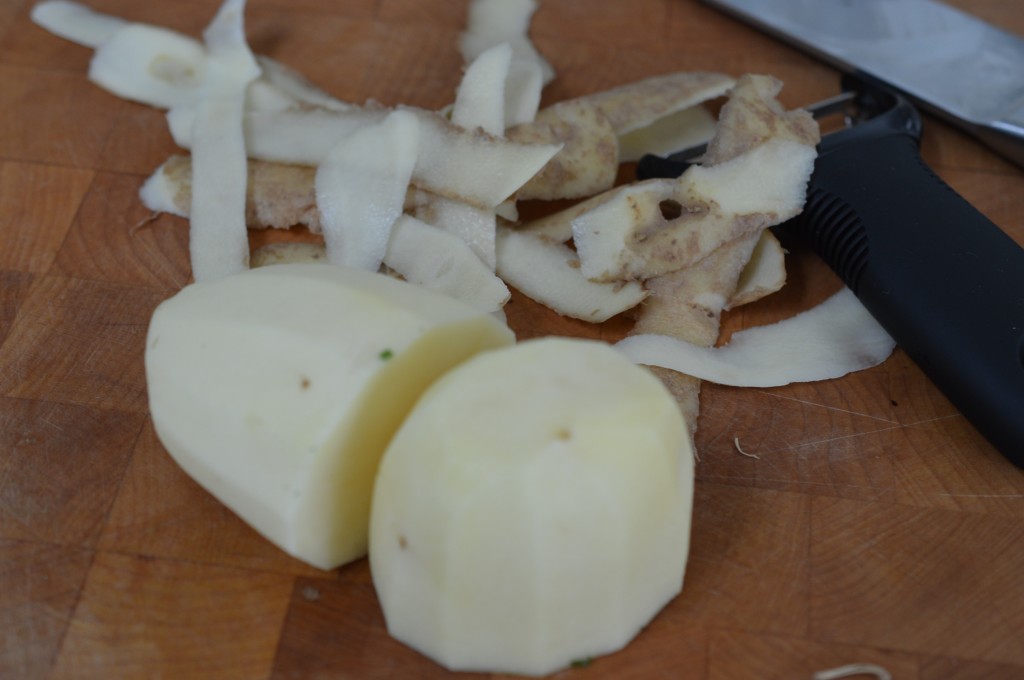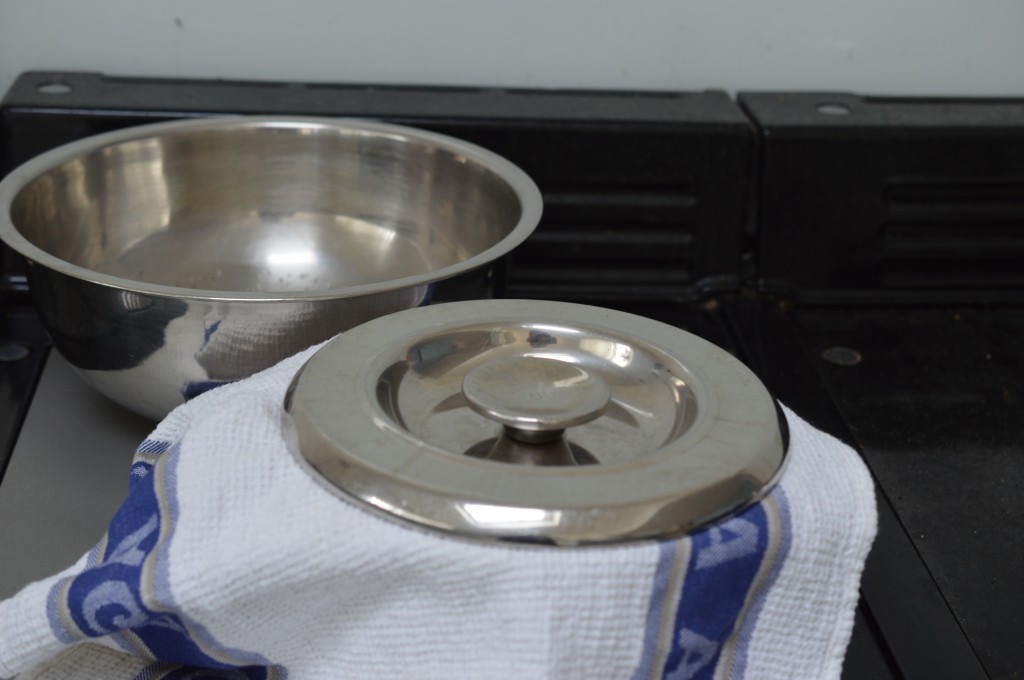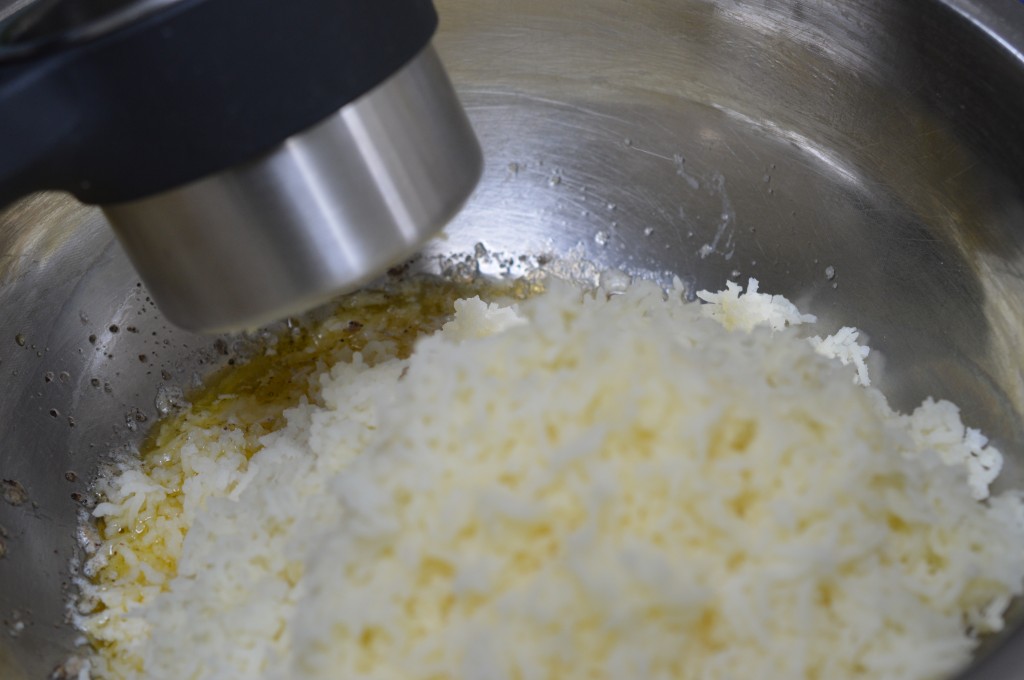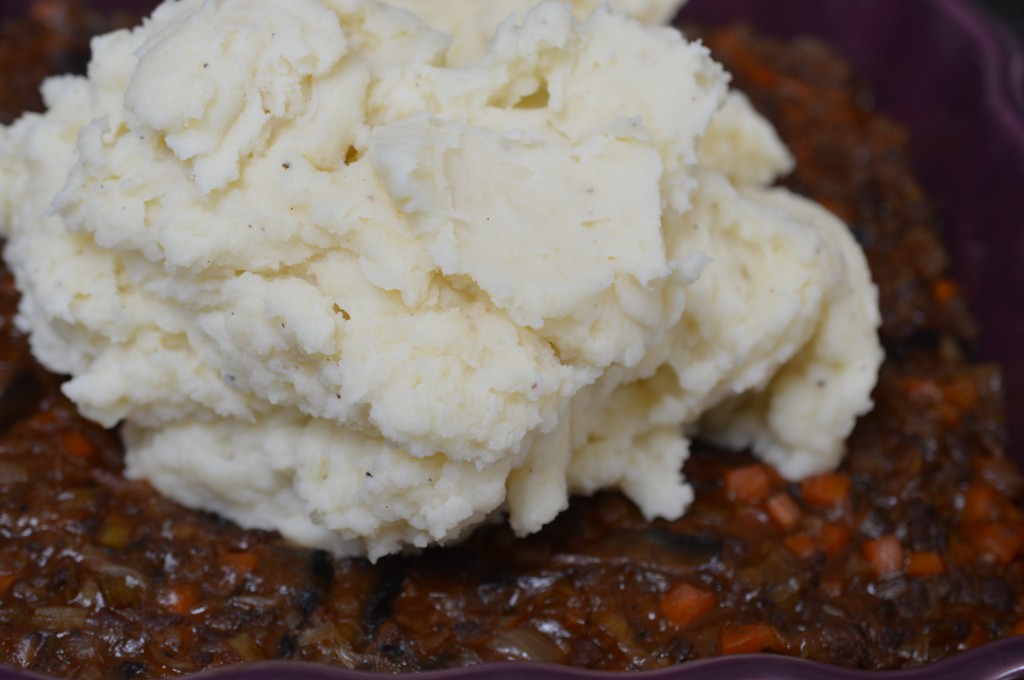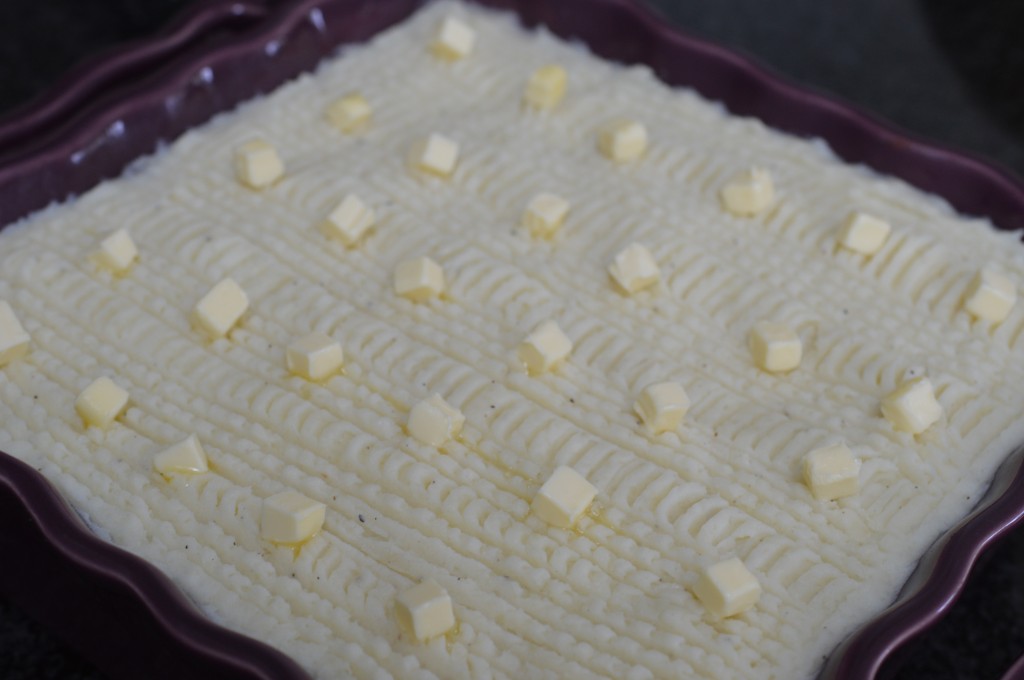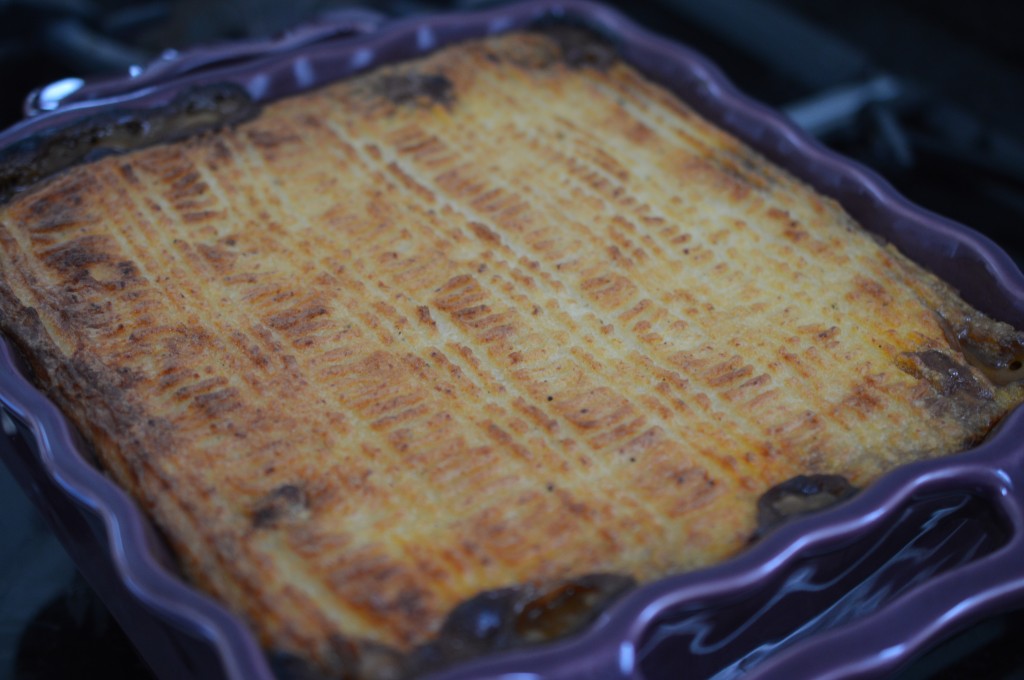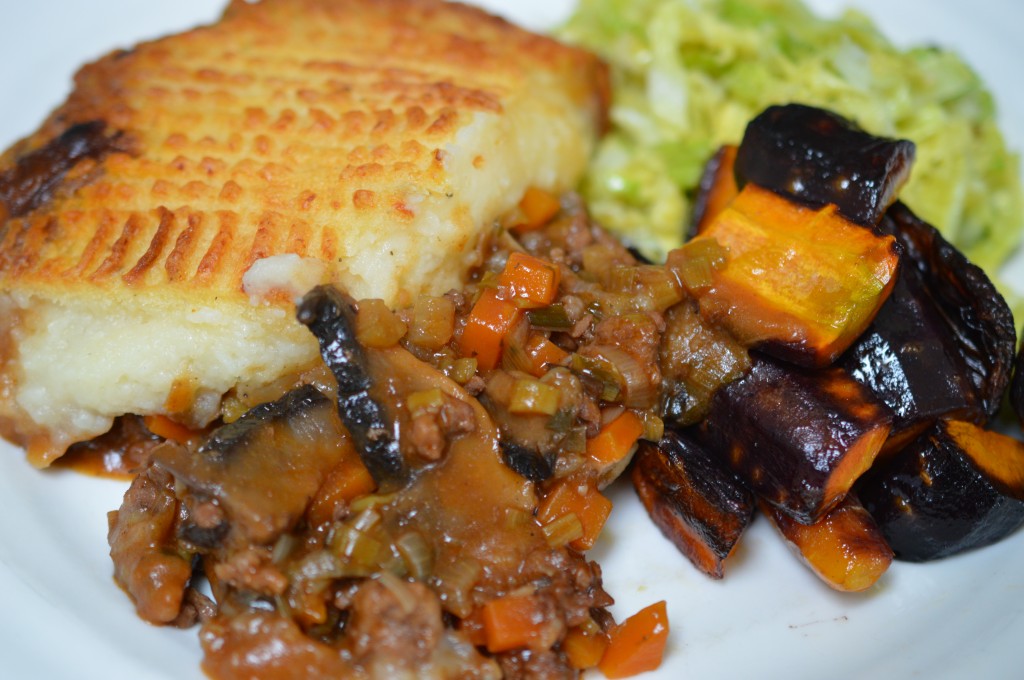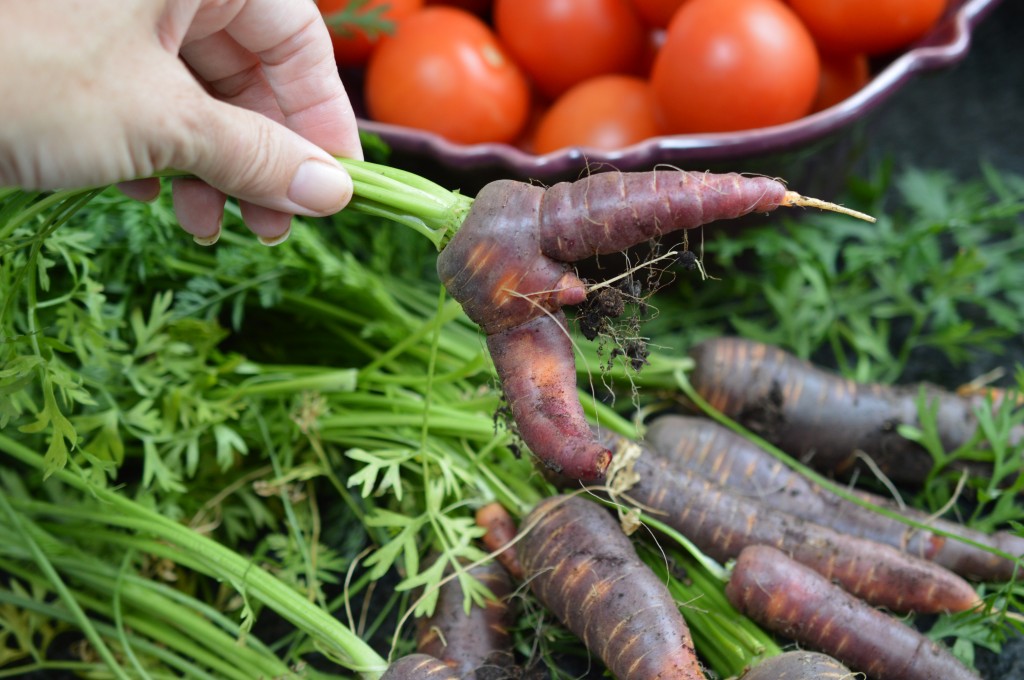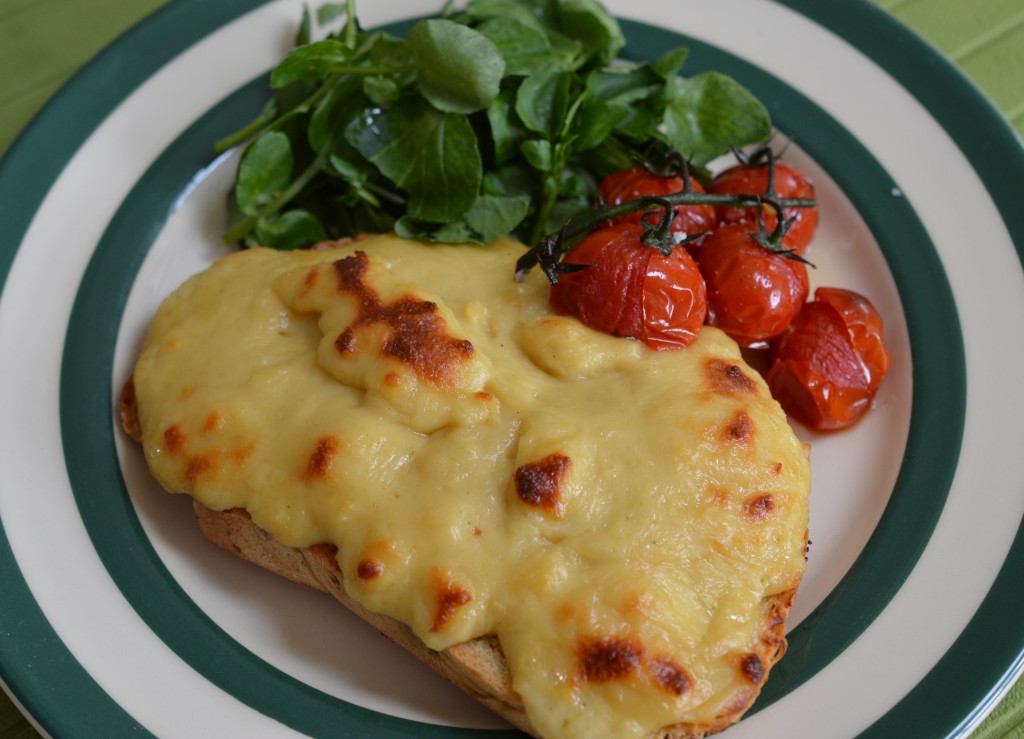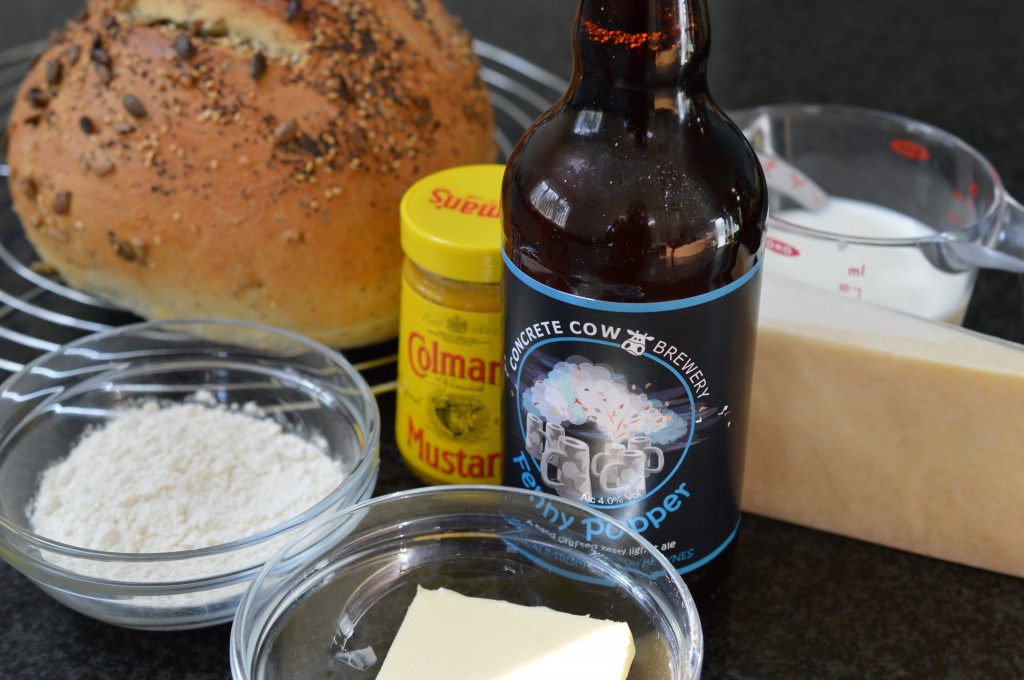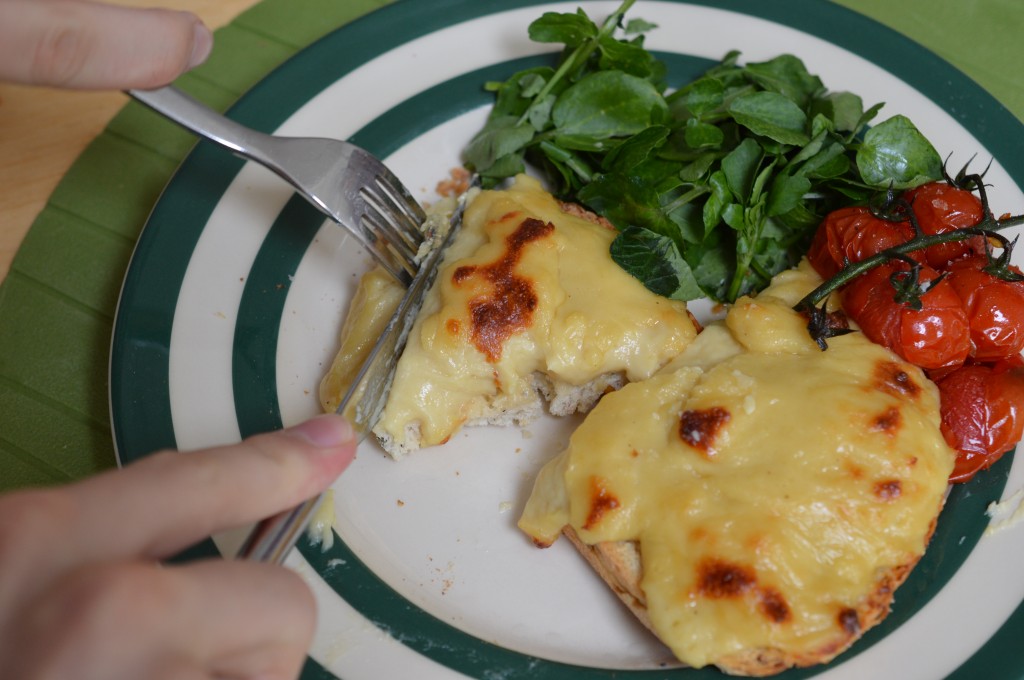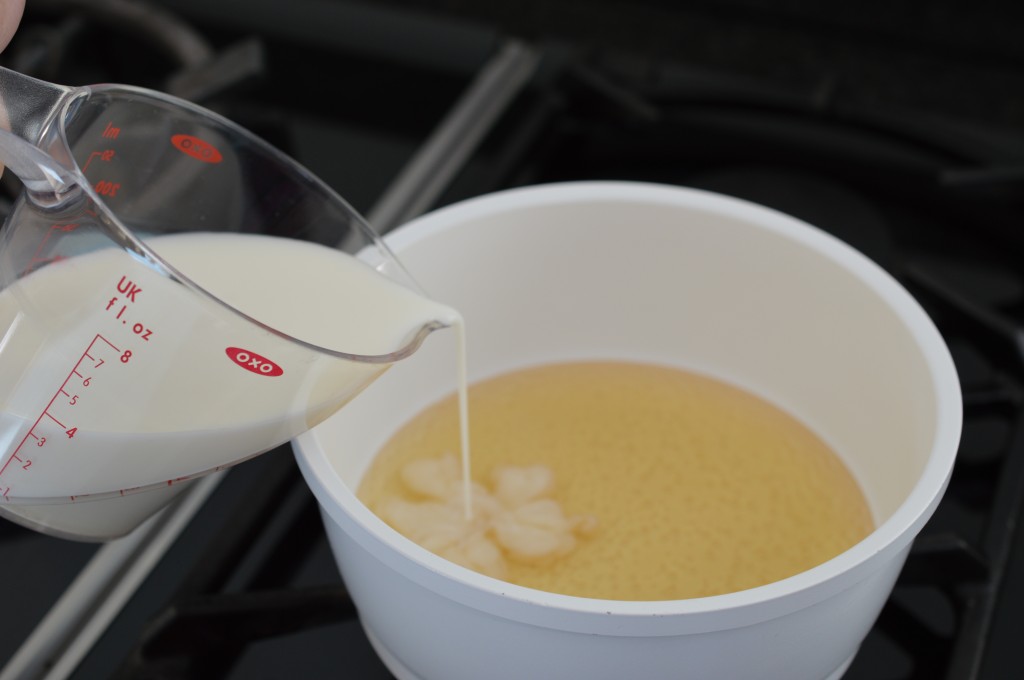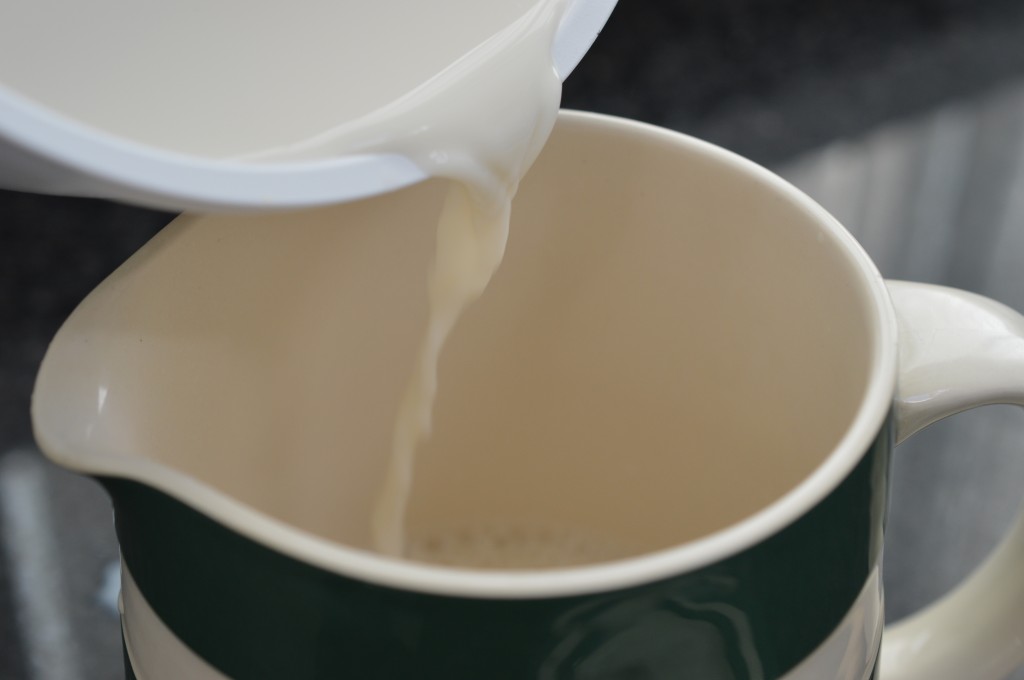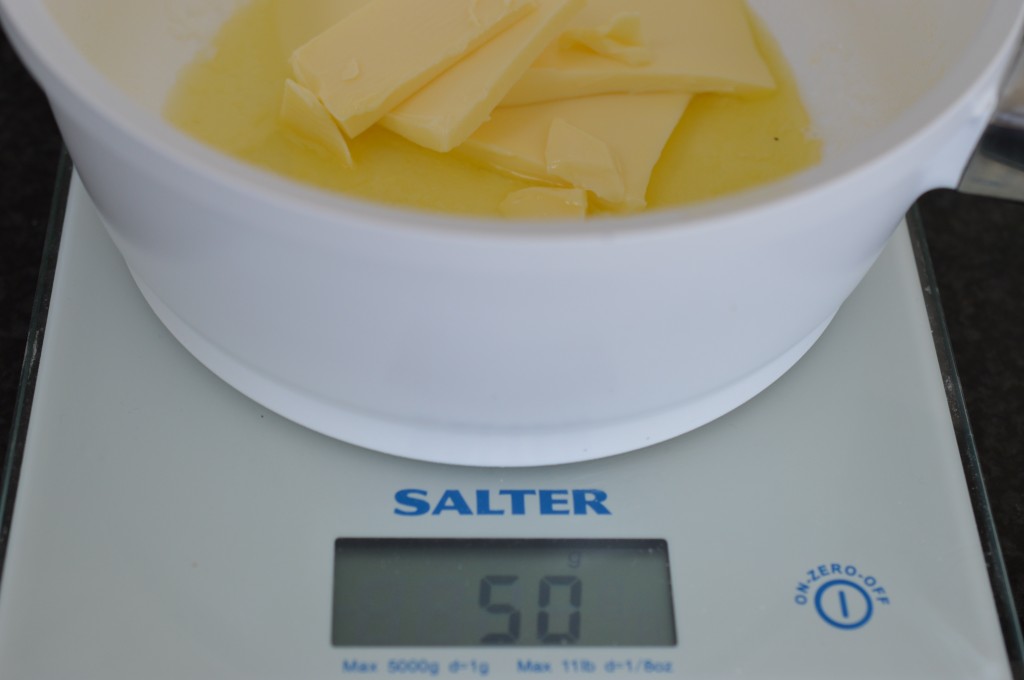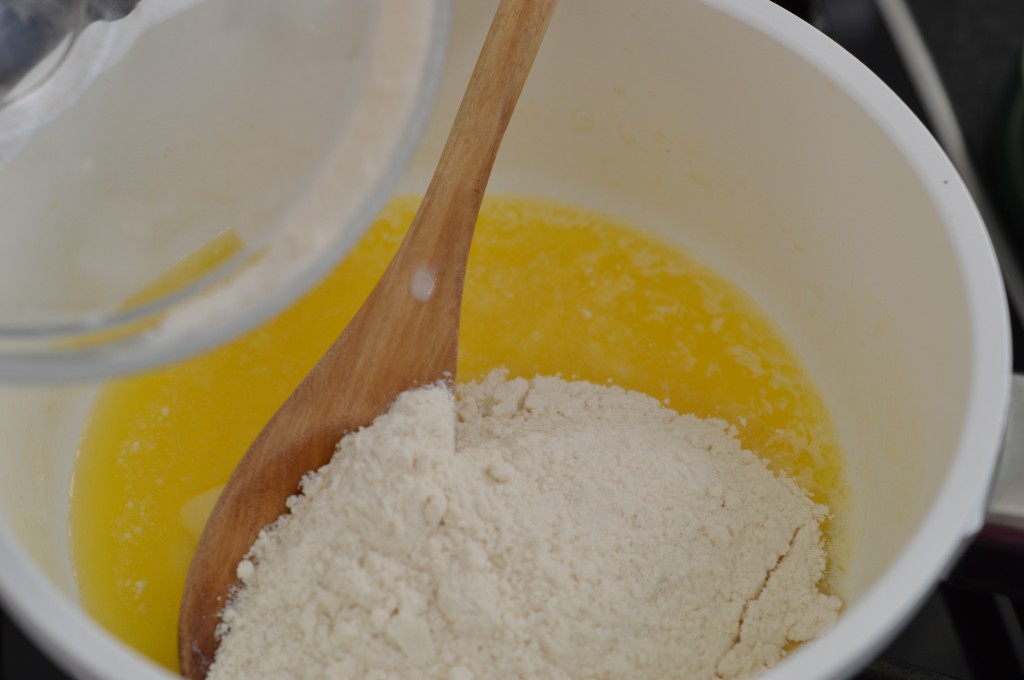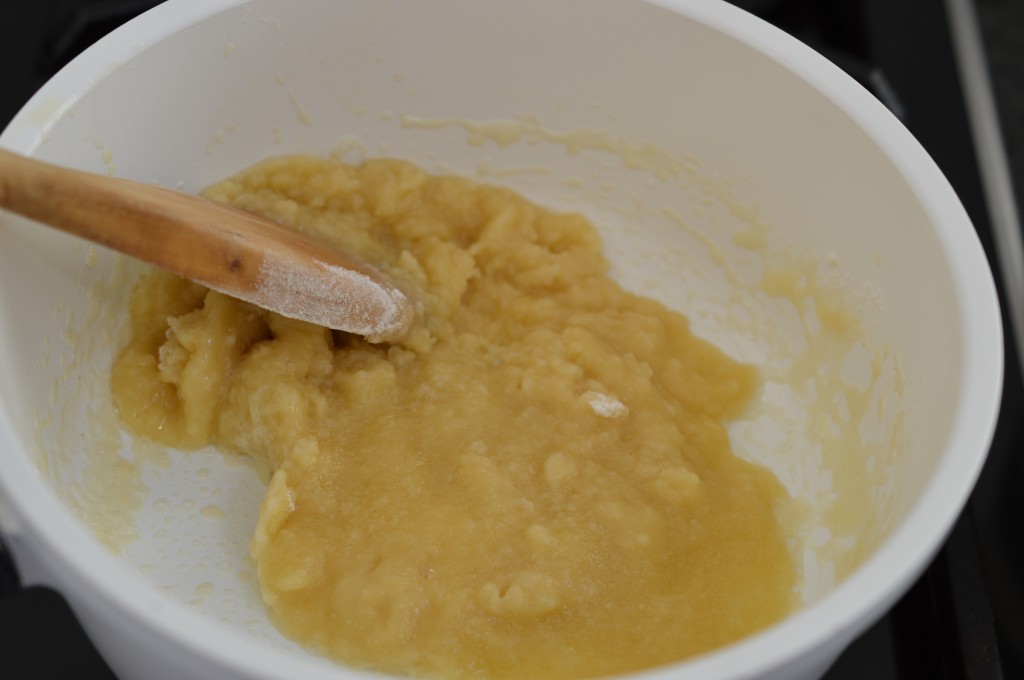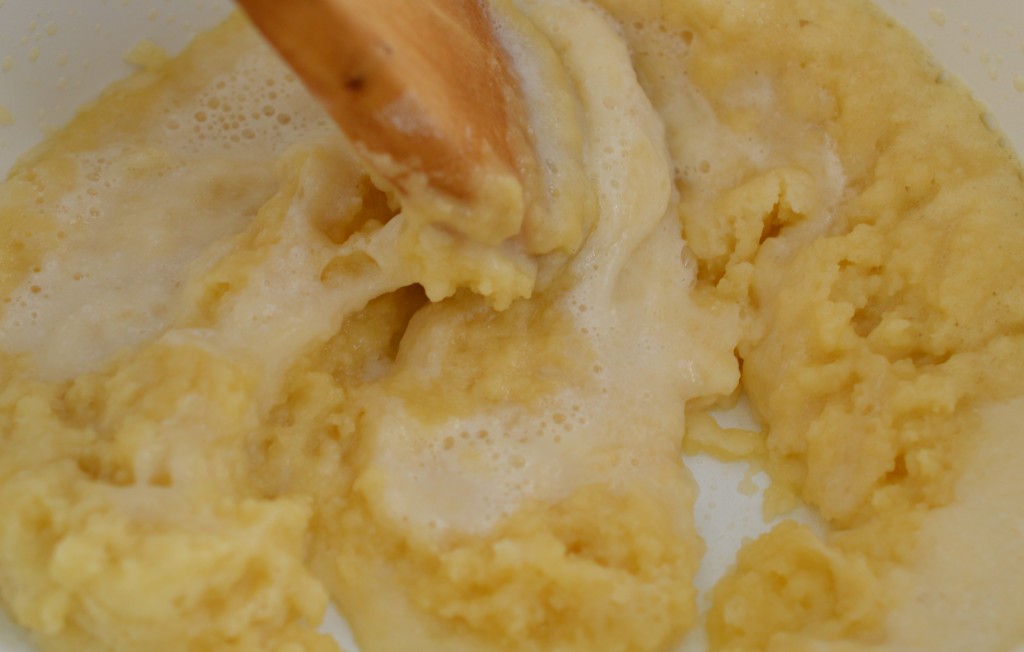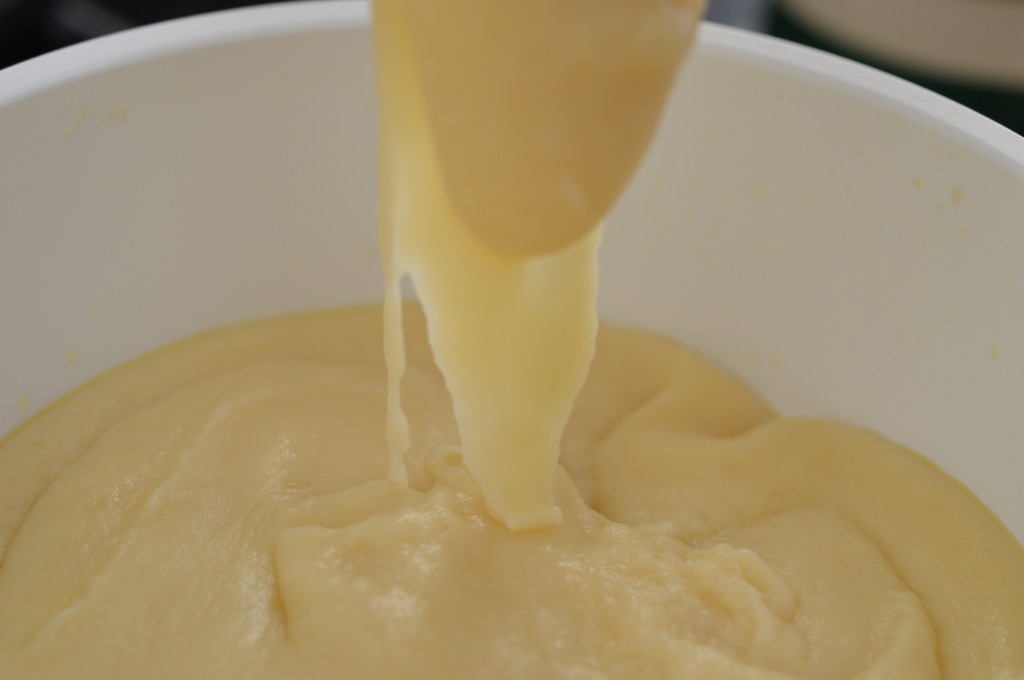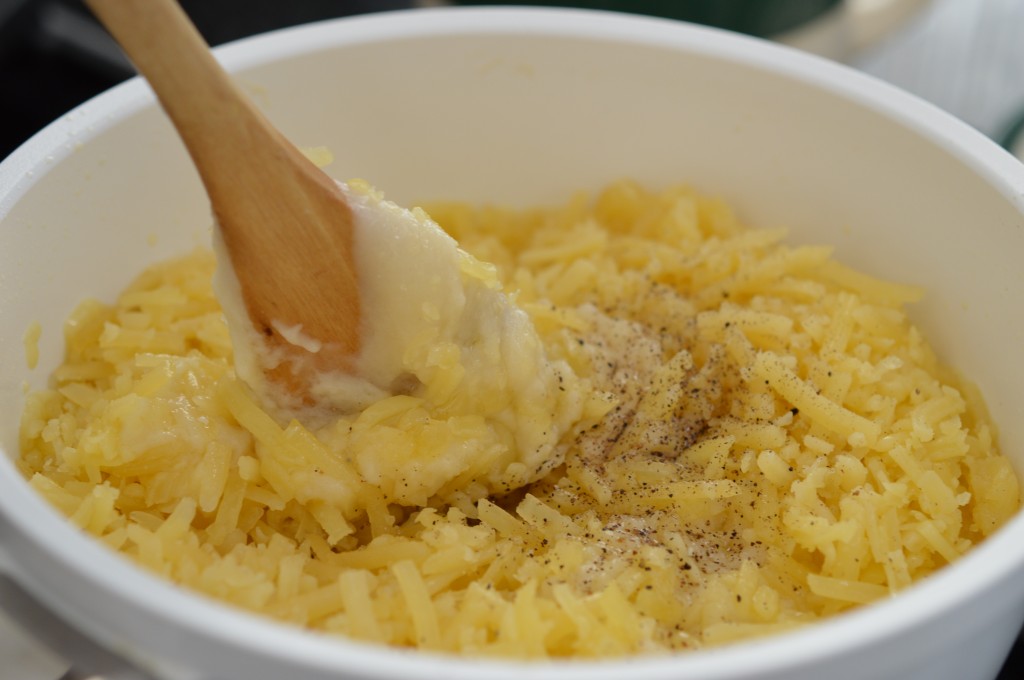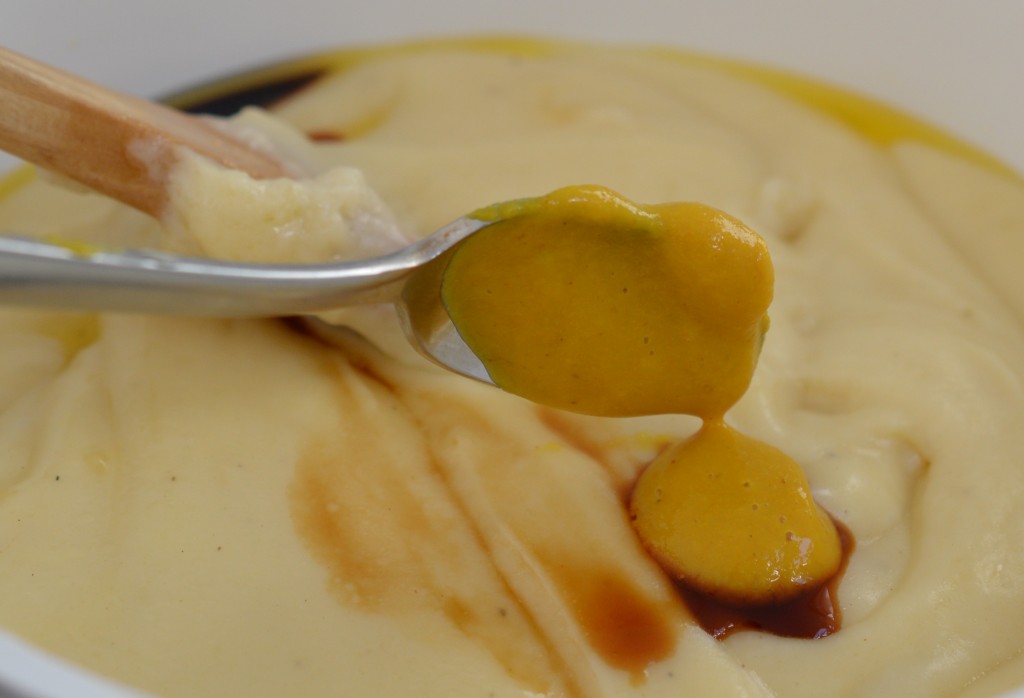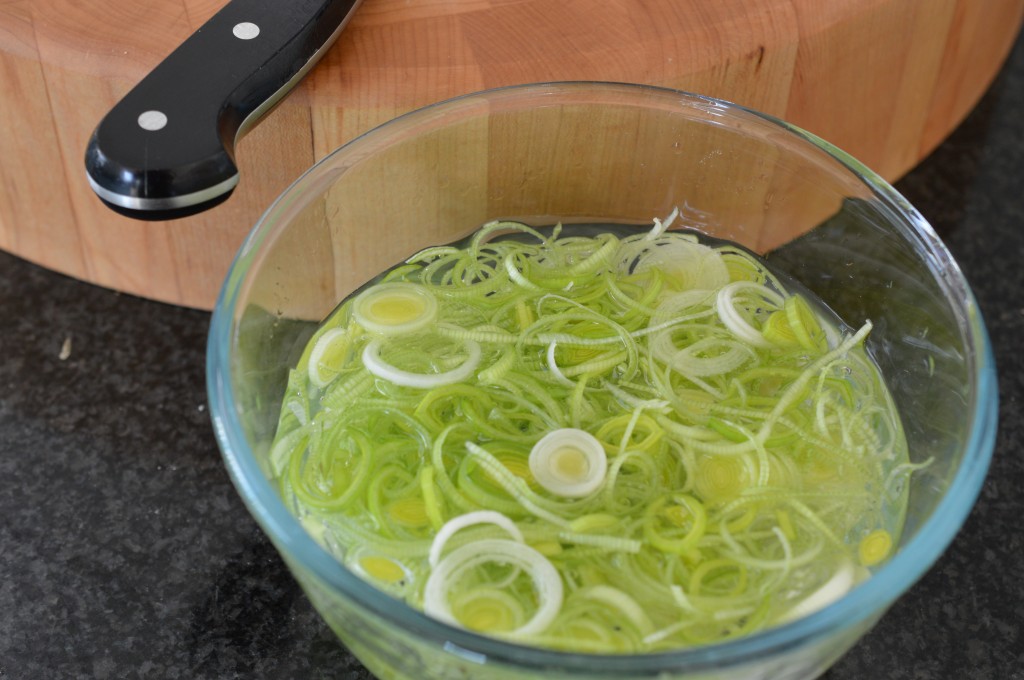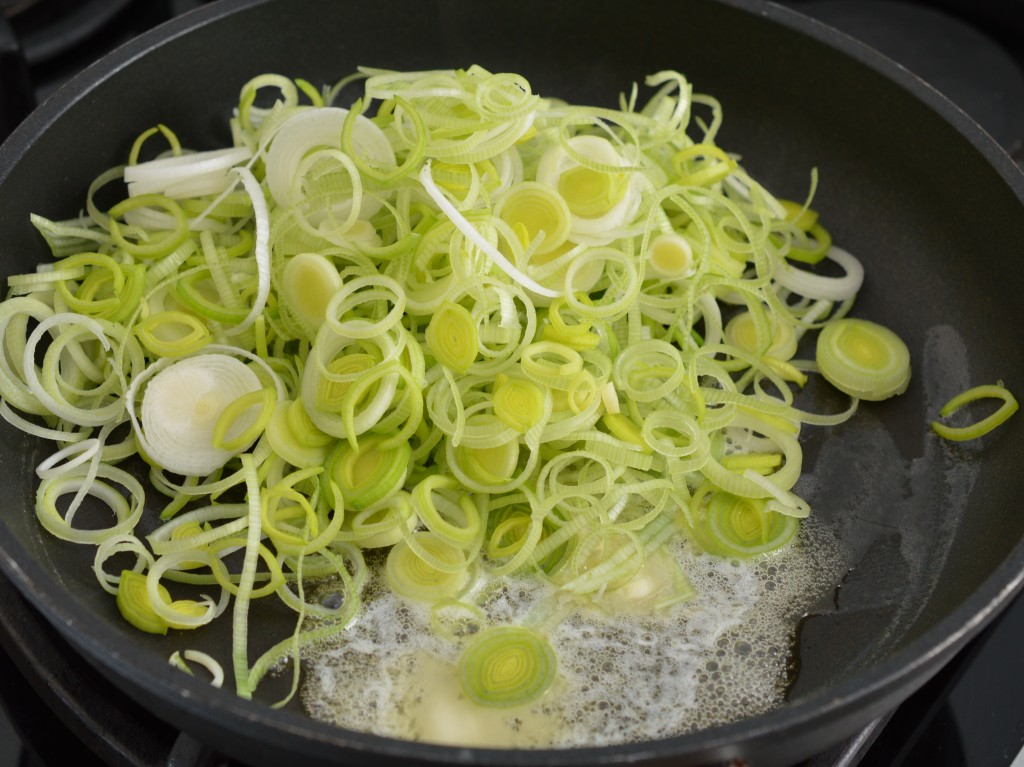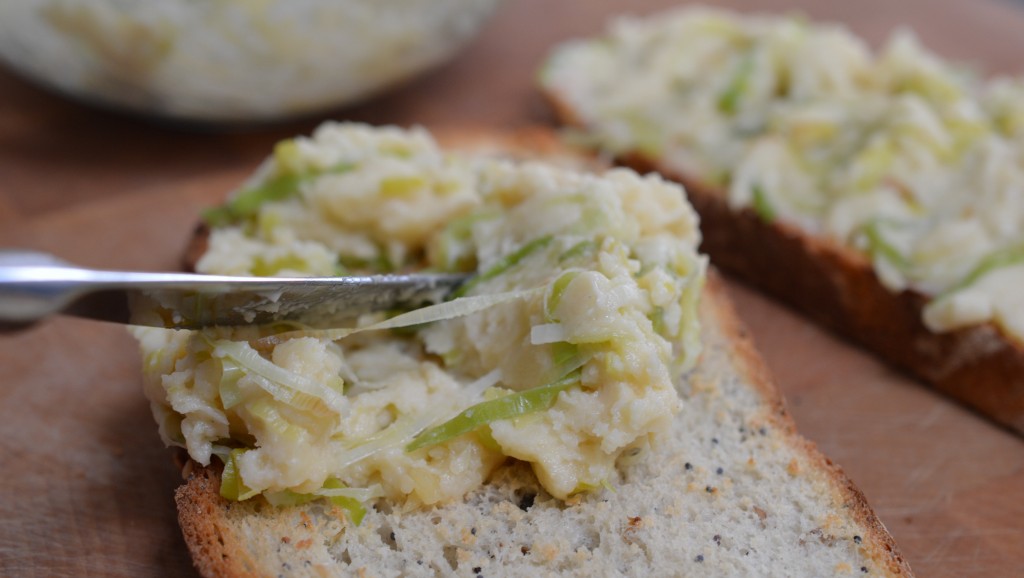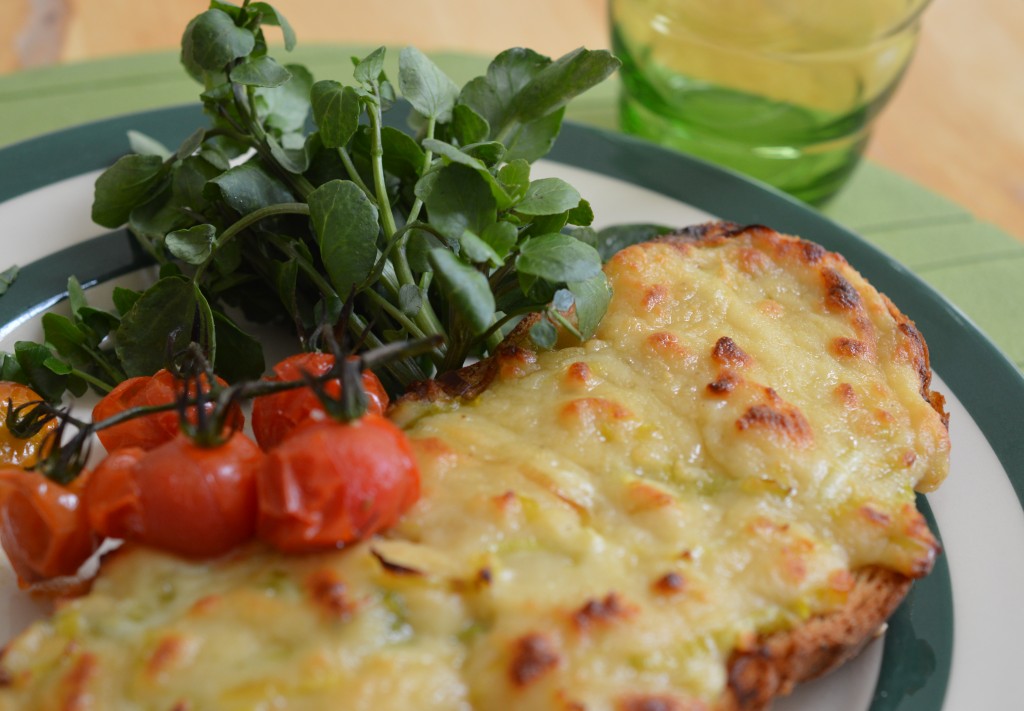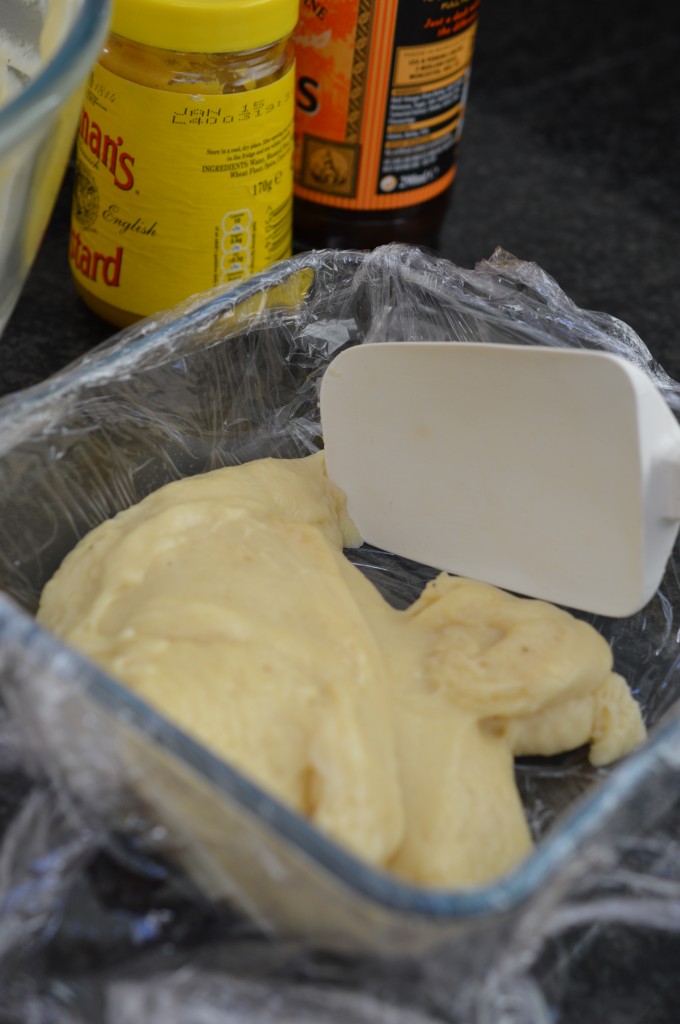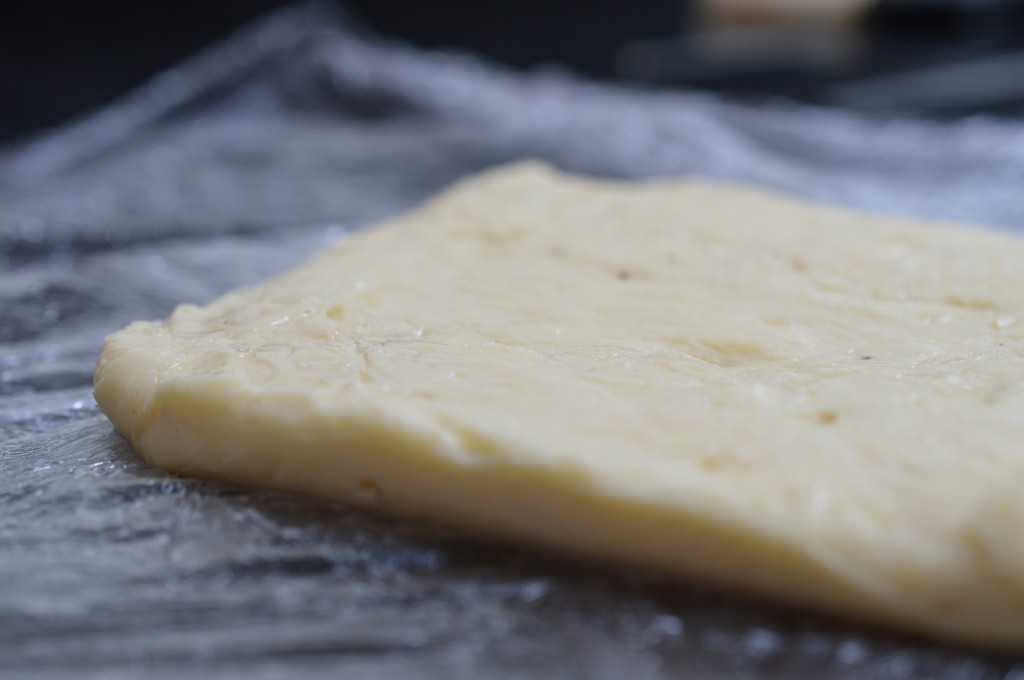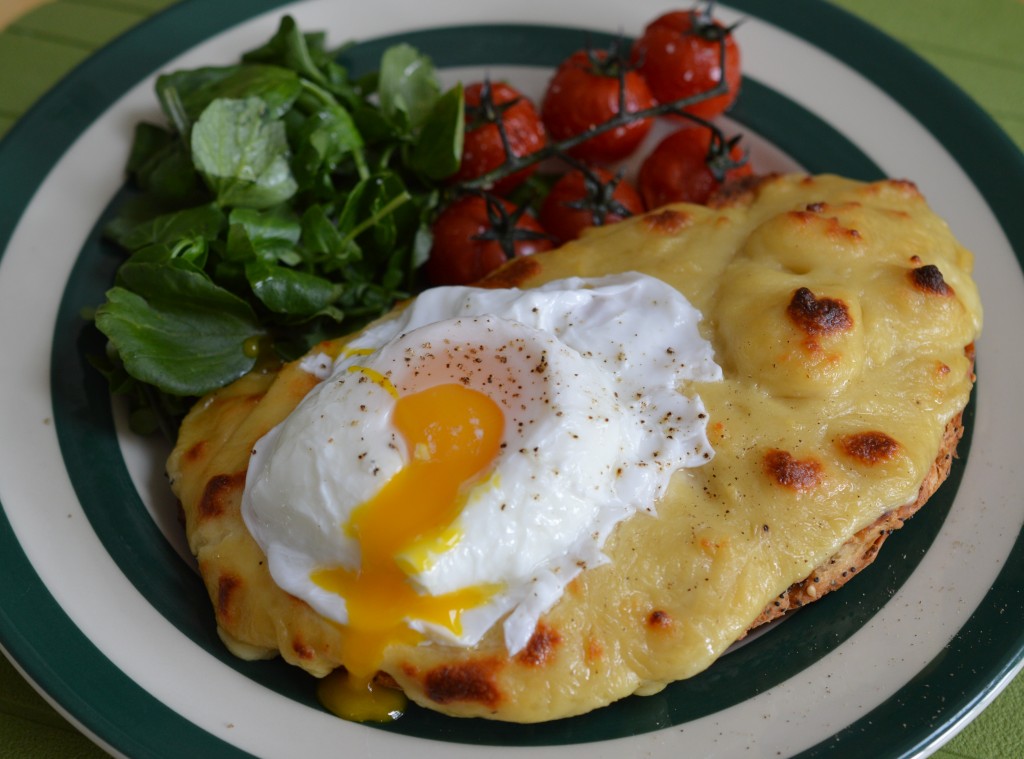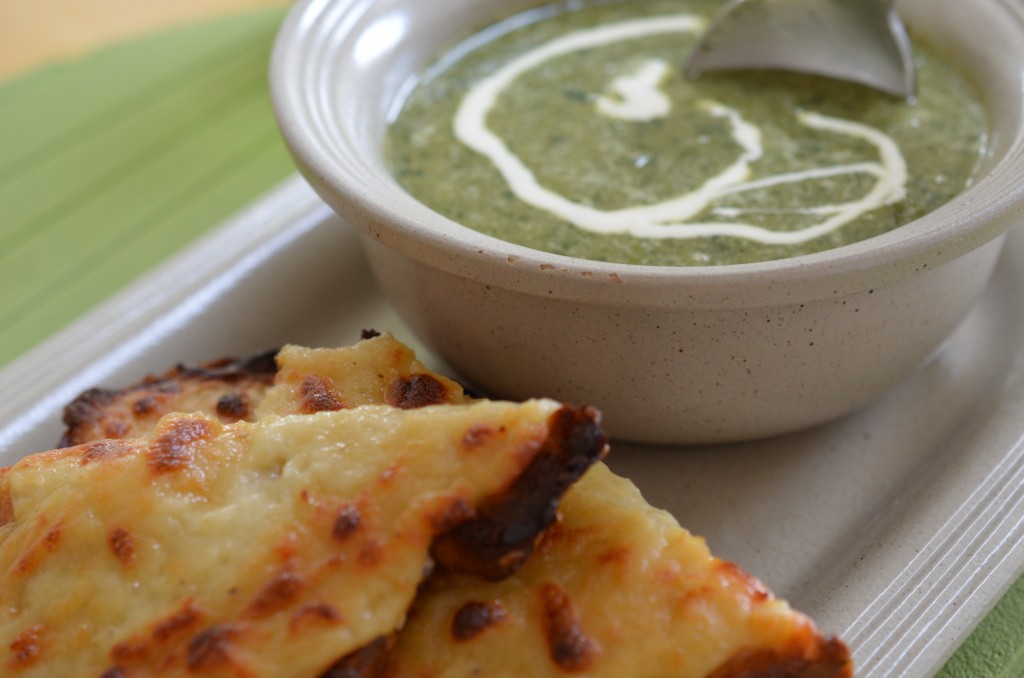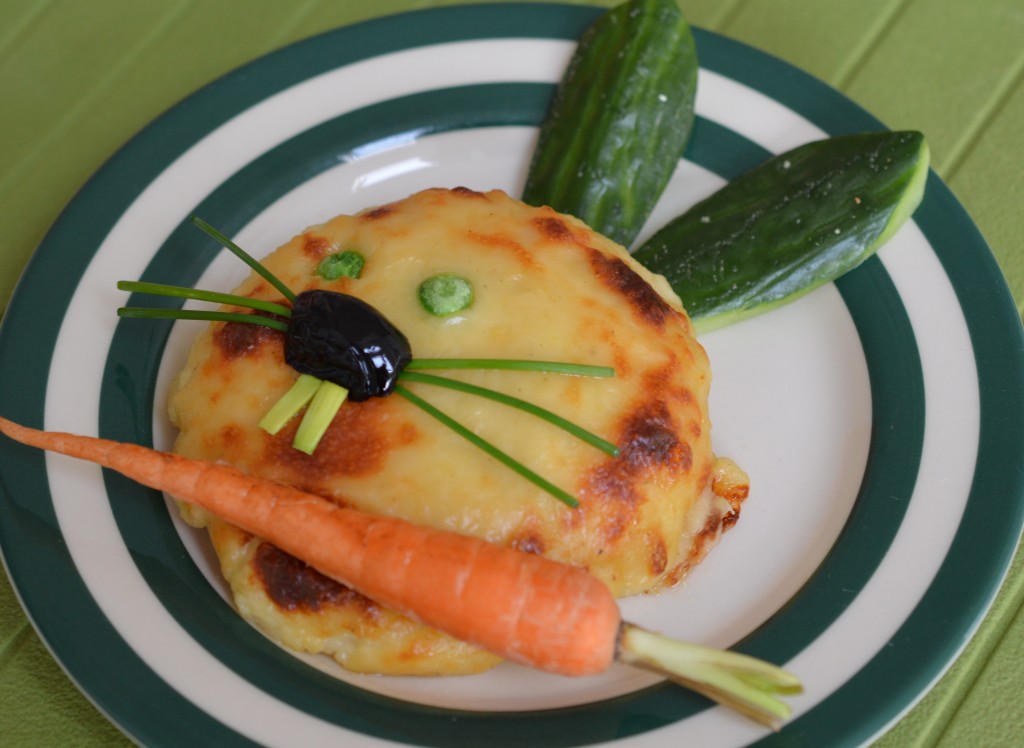Cheese Soufflé Jacket Potatoes
Soufflé-ish. I’ve made up a bit of a fancy name for what is really a cheesy baked potato. It’s my solution to the fact Dom isn’t excited at the prospect of a baked potato and Liddy thinks they are the food of the gods. I make these in all kinds of incarnations. I feel sure if I keep blogging for any length of time they will be in your destiny.
Marauding teenagers, giving every appearance of being prepared to eat you if not given an alternative, can be a frightening thing. It’s reassuring to have a stash of these tucked away in the freezer. Open freeze on a tray, uncooked. Once frozen they can be transferred to a more convenient box. Ideally, thaw before cooking. In real life, I have good results straight from frozen.
It begins with the potato and you want a ‘floury’ one. The same type you’d use for chunky chips and mashed potatoes. In the UK the most easily available are Maris Piper and King Edward. Size-wise it depends on what you can find. Is it just me or are the ones in ‘bags’ universally small now? I try and pick mine up at the market and have a rummage. Give them a good scrub under running water to get all the mud off.
Since I am the woman who, early in my married life, managed to set fire to the microwave by not remembering to prick my potato skin before setting it to zap … PIERCE the skin.
Then, because I like my potato skins crisp, I rub my potatoes with rapeseed oil and Malden sea salt. Fortunately, for the safety of my family, I no longer own a microwave and mine go in the oven.
If you are in a hurry a metal skewer pushed through the centre will speed the cooking up.
Meanwhile, I get on with the fancy bit. With Seb away at university there is nothing to stop me including spring onions. Wash and finely slice.
Then, into a saucepan with butter and full-fat milk. Truthfully, I don’t weigh any of this. But – for 8 potatoes (weighing about 1.8kg/4lb) I’ve used 100g/4oz butter and 300ml/½ pint of milk. I used one spring onion per potato for no other reason than I’d have had to buy another packet if I wanted any more!
Over a medium heat, melt. When small bubbles appear at the edge, turn the heat off and put on the lid. Let it sit and infuse until the potatoes are cooked.
How long depends on the size of potato you’re using. It’s somewhere between 1-1¼ hours at Gas Mark 7/220ºC/425ºF.
Cut them in half.
As soon as you can, and I seem to have asbestos fingers, scoop out the soft potato leaving the potato skins behind.
Pass the cooked potato through a potato ricer.
Then add sea salt and freshly ground black pepper, to taste.
Now it’s time to add the infused milk. I scoop out the spring onions with a slotted spoon and add them all. Potatoes vary in size and you may not need all the buttery milk. Add as much as is needed to create a soft mashed potato.
One large handful per potato – plus one for the pot. Give it a taste. I’m using a cheese called ‘Sussex Charmer’ which is a cross between a mature Farmhouse Cheese and Parmesan. There are all kinds of truly fabulous cheeses being made in the UK today and I’m on a mission to try them all.
There’s a whole lot of history behind that – in 1939 anyone making cheese was required by Wartime Law to make one type of Cheese. It was called ‘Government Cheddar’, and was rationed. My Grandparents absolutely loathed it. That law wasn’t repealed until 1954 and, even then, the Milk Marketing Board only allowed Stilton, Red Leicester, Lancashire and Wensleydale. If you wanted to experience great cheese, you went to France. The Milk Marketing Board was abolished in 1994, the year my daughter was born – and it was the beginning of the cheese revolution. By 2010 there were more than 700 named varieties of cheese produced in the UK, that’s 100 more than there are in France. Fun.
I use 1 egg yolk for every two potatoes – roughly. Stir them in.
Whisk the egg whites until they are billowy.
Stir one large tablespoon into the cheesy mash to loosen it slightly and then gently fold in the rest.
Pile it into the empty potato shells. I, of course, can’t waste any of it ..!
A sprinkle of cayenne pepper and a finely sprinkle of cheese. Then, it’s into the oven for 15-20 minutes until it is golden and slightly risen. Again, Gas Mark 7/22oºC/425ºF.
Fresh green salad. Roasted tomatoes. Chutneys.
Eat.
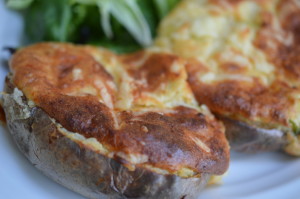 Cheese Soufflé Jacket Potatoes
Cheese Soufflé Jacket Potatoes
Serves 4
- 4 baking potatoes
- Rapeseed oil
- 4 spring onions, finely sliced
- 50g butter
- 150ml/¼ pint) milk
- 2 eggs
- 120g/4oz strong cheddar-like cheese, grated
- Cayenne Pepper
- Sea salt and freshly ground black pepper
Pre-heat the oven to Gas Mark 7/220ºC/425ºF, if necessary. Aga: Cook in the Roasting Oven – directly on the grid shelf on the third set of runners. Wash and scrub 4 baking potatoes. Prick all over. Rub in rapeseed oil and sea salt. Bake for 1hr-1¼ hours.
Meanwhile, place the finely sliced spring onions in a saucepan with the butter and milk. Bring to a boil, then cover and remove from the heat. Leave to infuse until the potatoes are cooked.
As soon as you can handle the cooked potatoes, split in half. Scoop out the soft potato, leaving the skins intact. Pass the potato through a potato ricer. Then add the butter, milk and spring onions. Season to taste with sea salt and freshly ground black pepper.
Add the grated cheese, leaving a little behind to sprinkle on the top.
Separate two eggs. Add the egg yolks to the potato mix and stir everything together.
Whisk the egg whites until they are ‘soft peaks’. Stir a heaped tablespoon into the potato mix to loosen. Gently ‘fold’ in the rest.
Return the potato mix to the skins. Sprinkle with cayenne pepper and a final grating of cheese.
Bake at Gas Mark 7/220ºC/425ºF (Aga: Roasting Oven) for 15-20 minutes until golden and slightly risen.
Eat.
